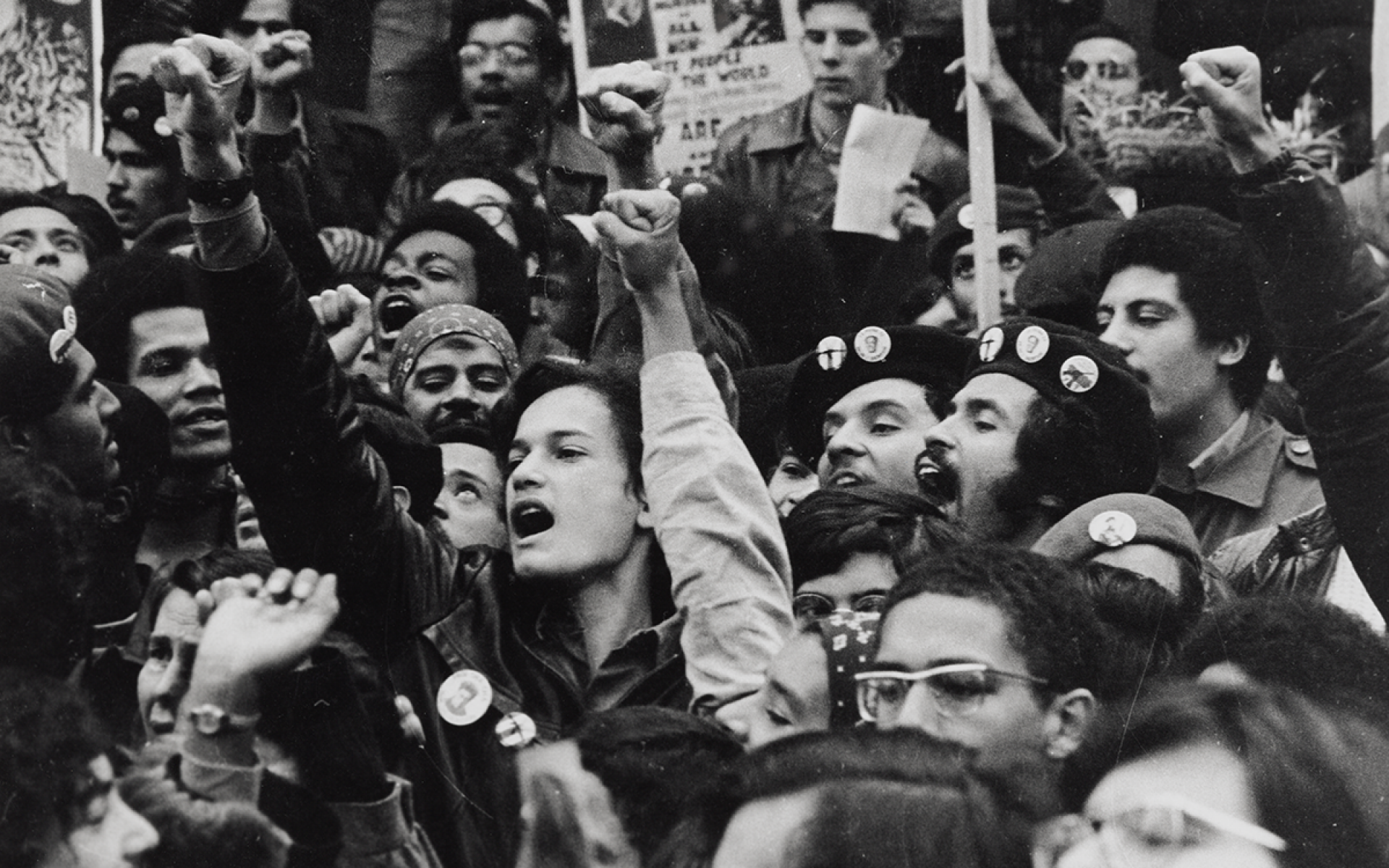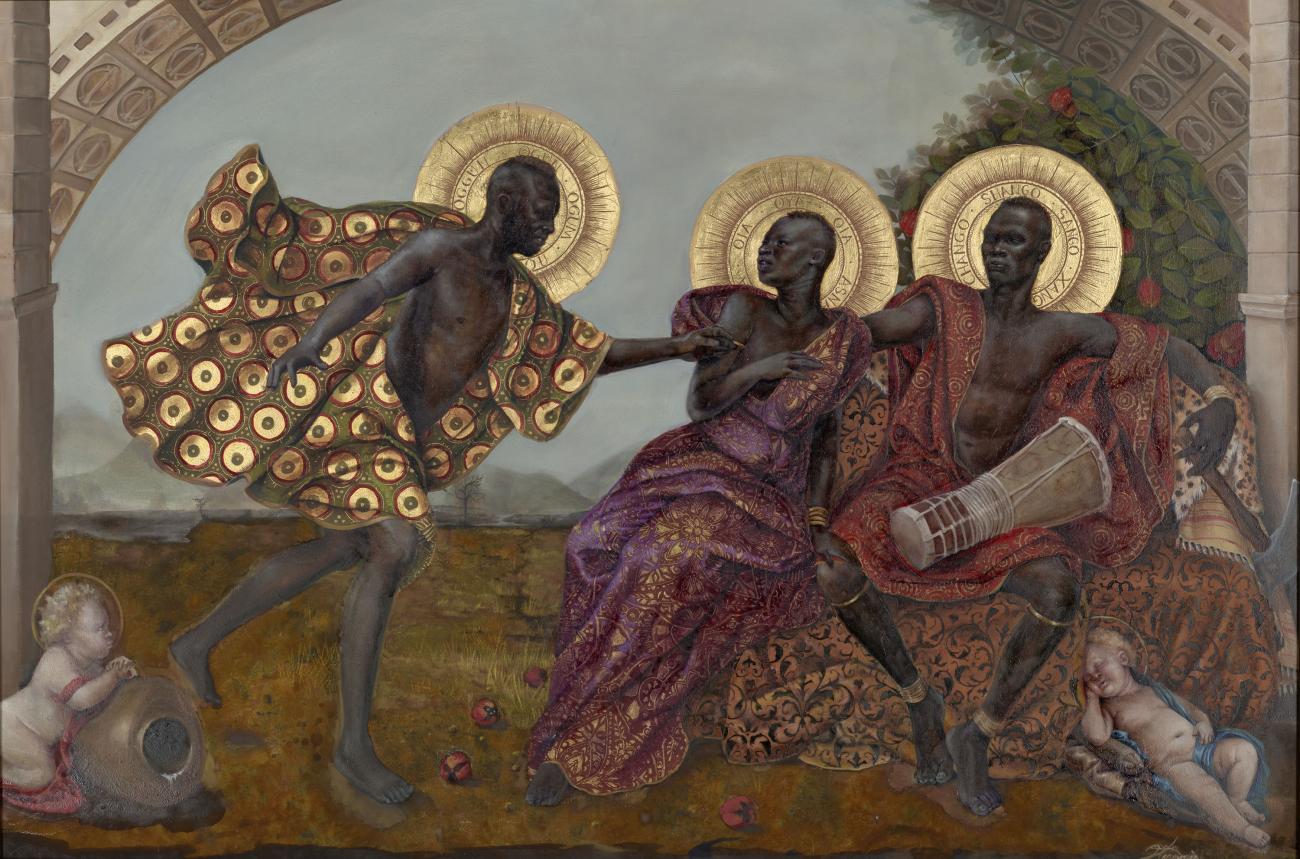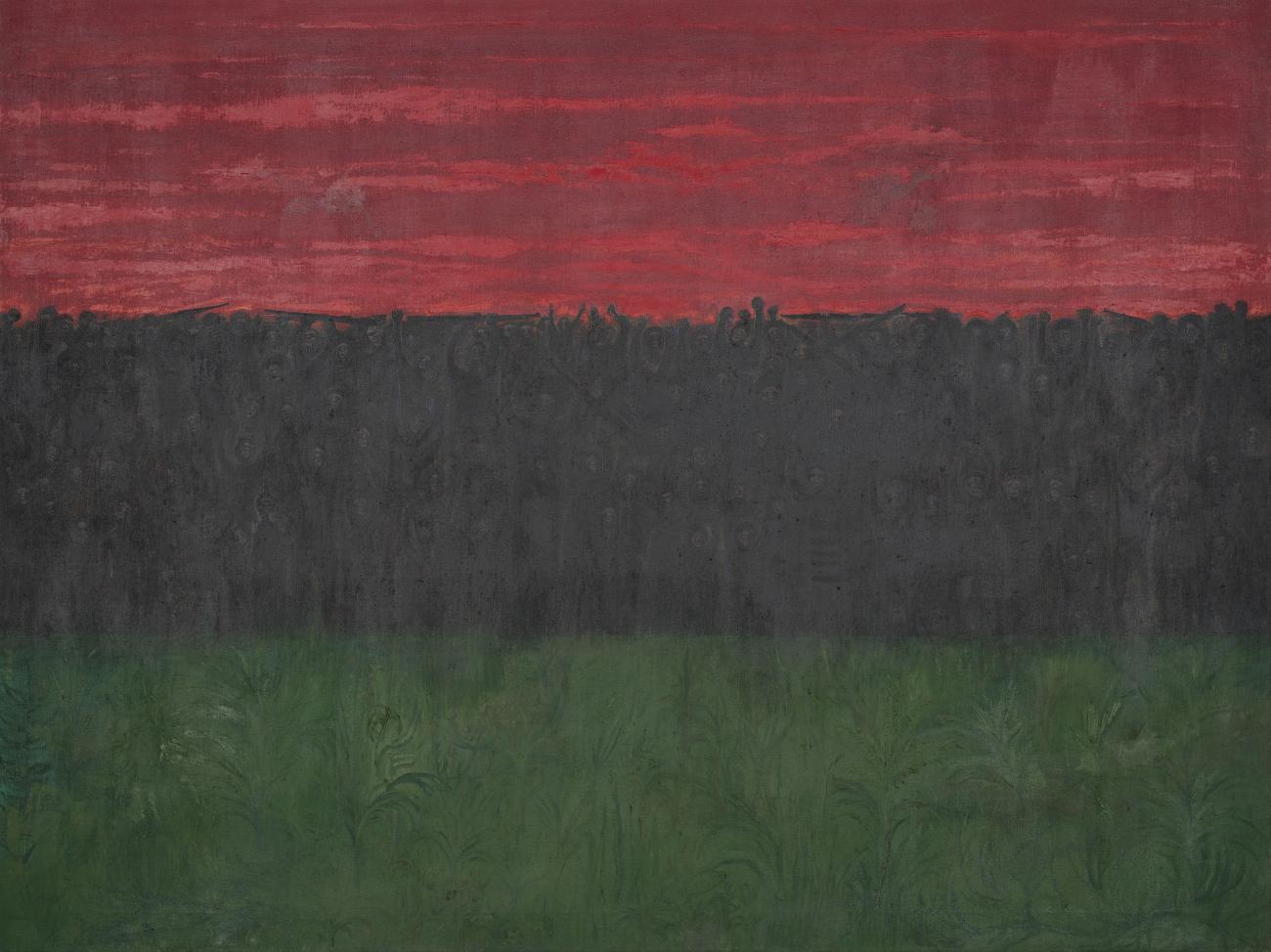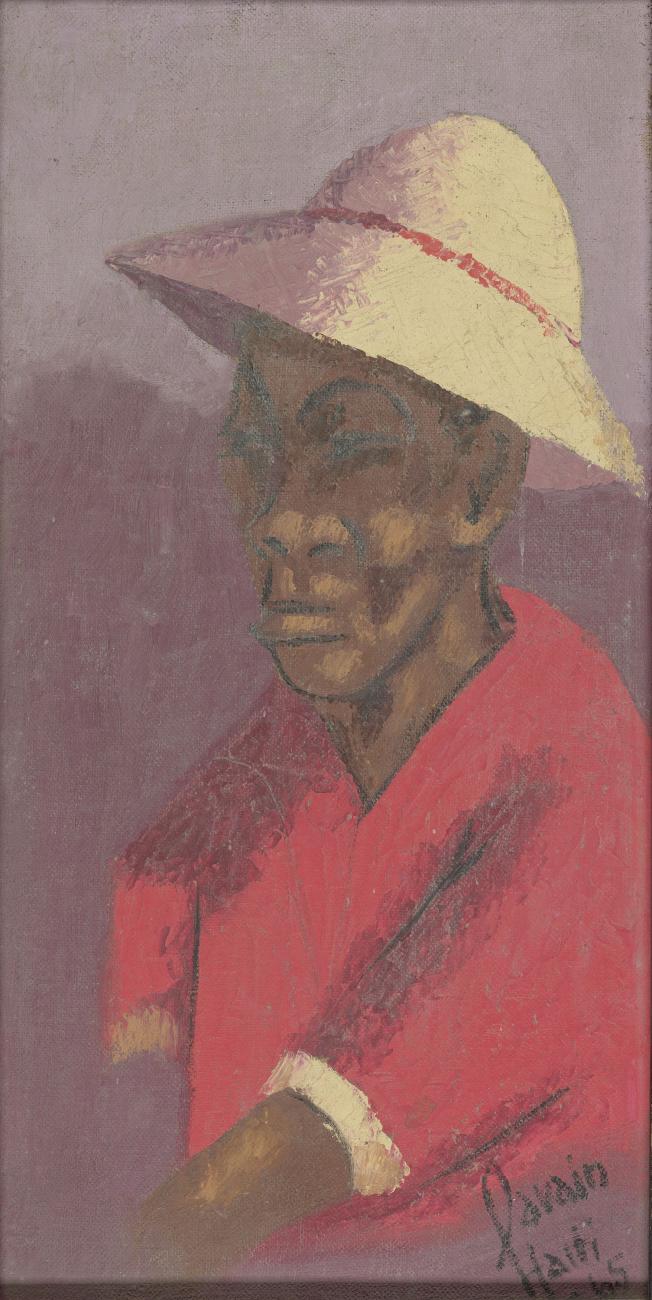Welcome to the National Museum of African American History and Culture’s Latinx collection online.
The National Museum of African American History and Culture presents American history through an African American lens. Latinx history is American history and the NMAAHC is committed to collecting, documenting, interpreting, and preserving Latinx history and culture as an integral part of that American story. Black history is globally created and globally impactful. A shared legacy of the transatlantic slave trade connects the histories and cultures of the United States, Latin America, and the Caribbean. Further, Latinxs and Latin Americans—black and non-black—have historically contributed to and have been shaped by African American culture, including performing arts, music, literature, sports, and political movements. Conversely, African Americans have influenced Latinx and Latin American art, history, and culture as well. Articulating these connections across the African Diaspora affirms black American history as multicultural and inclusive of Latinx experiences.
The Latinx-related objects and archival collections at the National Museum of African American History and Culture traverse racial identifications and national boundaries. This online portal is a guide to exploring the diversity of our Latinx-related holdings.
Note: To be as inclusive in language as we are in our collecting, we use the gender-neutral term Latinx, as an alternative to Latino or Latina, to describe people and cultures of Latin American heritage in the United States.
SEARCHING ONLINE RECORDS
Use this guide to search the NMAAHC collection for Latinx-related objects:

La Familia, 2000. Photograph by Jamel Shabazz.

Sale agreements for enslaved persons Ciborio and Andres in colonial New Spain, April 26, 1670.
Social Justice and Community Activism
Explore how Latinx communities have asserted their identities and supported one another through celebration and activism. Our collections include specific movements like The Young Lords Movement and The Chicano Movement, as well as broader social justice and political movements built on African American and Latinx Solidarity.
Arts, Music, and Culture
Search objects related to the Nuyorican Movement, a political, cultural, and intellectual movement of poets, writers, musicians, and artists who are Puerto Rican or of Puerto Rican descent in New York City. You can also explore objects related to genres of Latin music such as calypso, salsa, Latin jazz, and hip-hop or survey elements of art and design in the NMAAHC collection related to the history and cultural experiences of Latinx identities and communities.
The History of Latin America
Find objects related to Slavery and Colonialism in Latin America, the history of U.S. and Latin American relations, and the African Diaspora in Latin America. Or search objects related to religious practices among U.S. Latinxs and Latin Americans. You can also see objects related to the process and idea of Decolonization as related to Latin America and globally or enjoy photographs from around Latin America and Latinx communities in the United States.
INDIVIDUALS AND ORGANIZATIONS FROM LATINX-RELATED COMMUNITIES
The NMAAHC collection holds objects relating to individuals and organizations representing diverse Latinx-related identities and communities. The list below contains a selection of such individuals from within our online collection. This list will continue to expand as we add more materials online. Click on a name to learn more about the person and explore related objects.

Hector Xtravaganza (1965–2018)
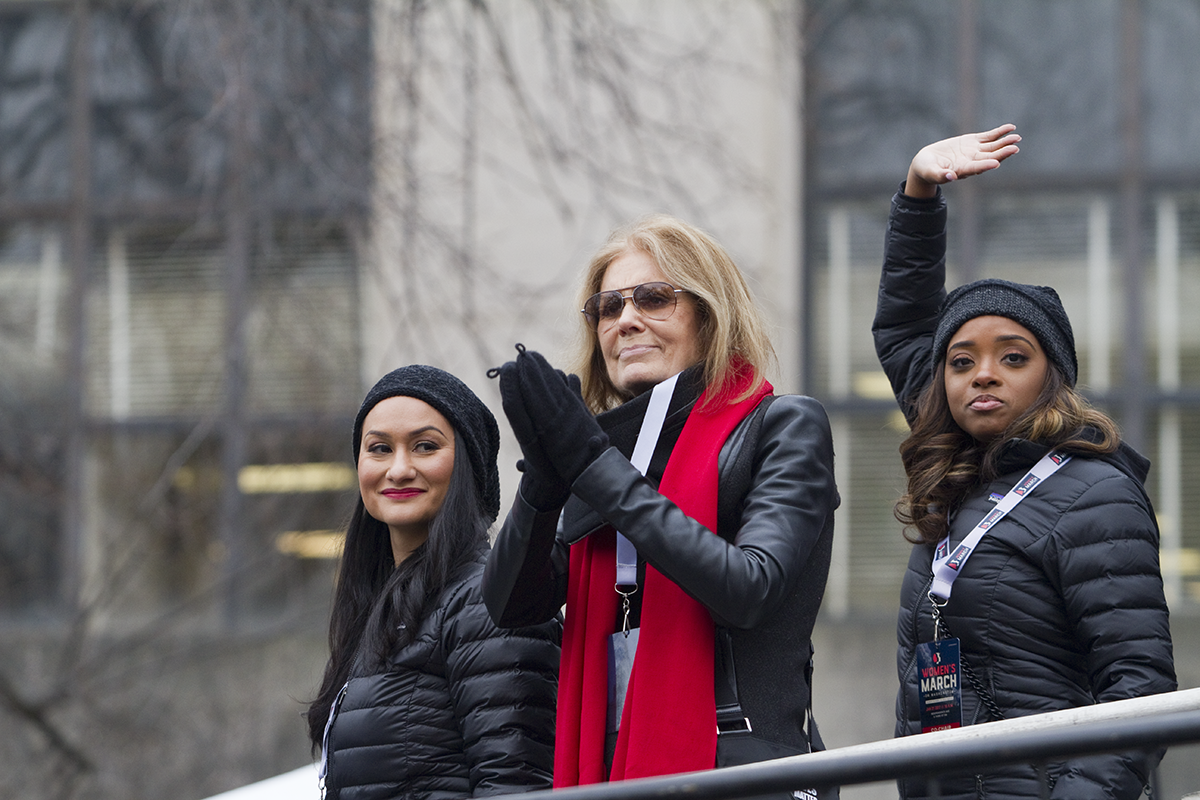
Carmen Perez-Jordan (b. 1977)
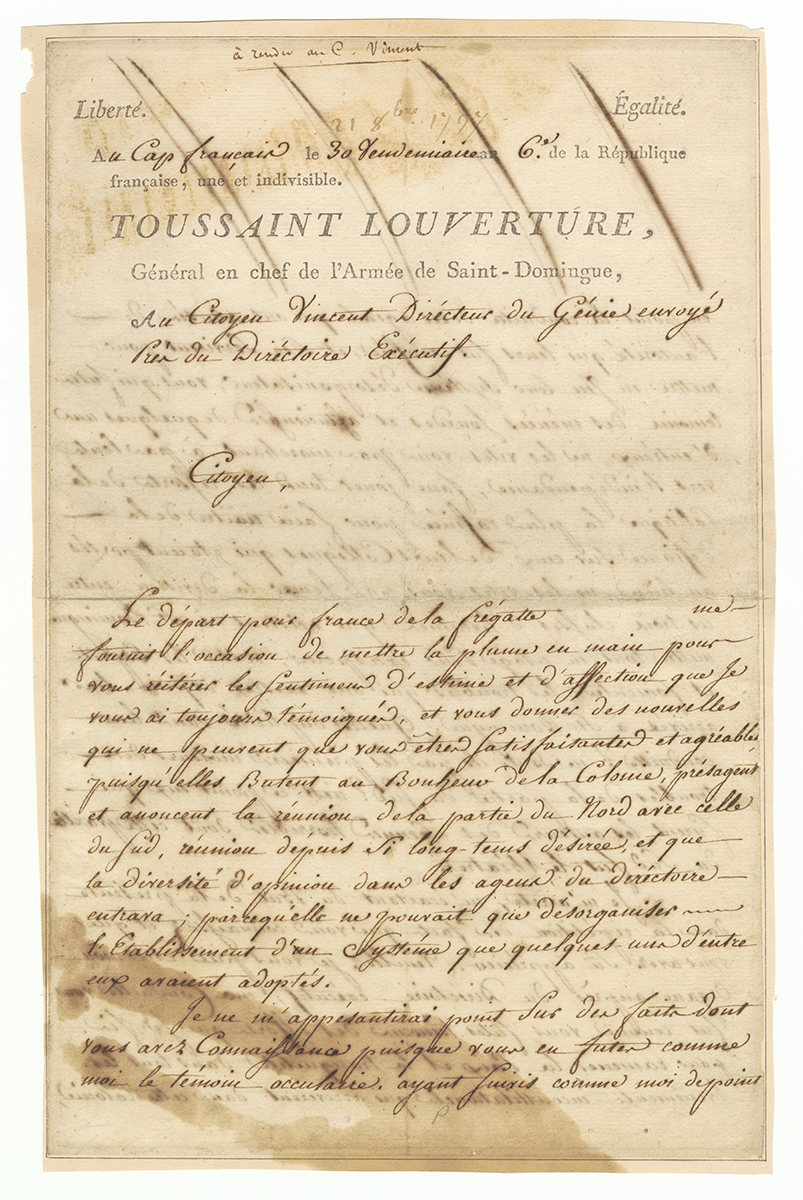
Toussaint Louverture (ca. 1743–1803)
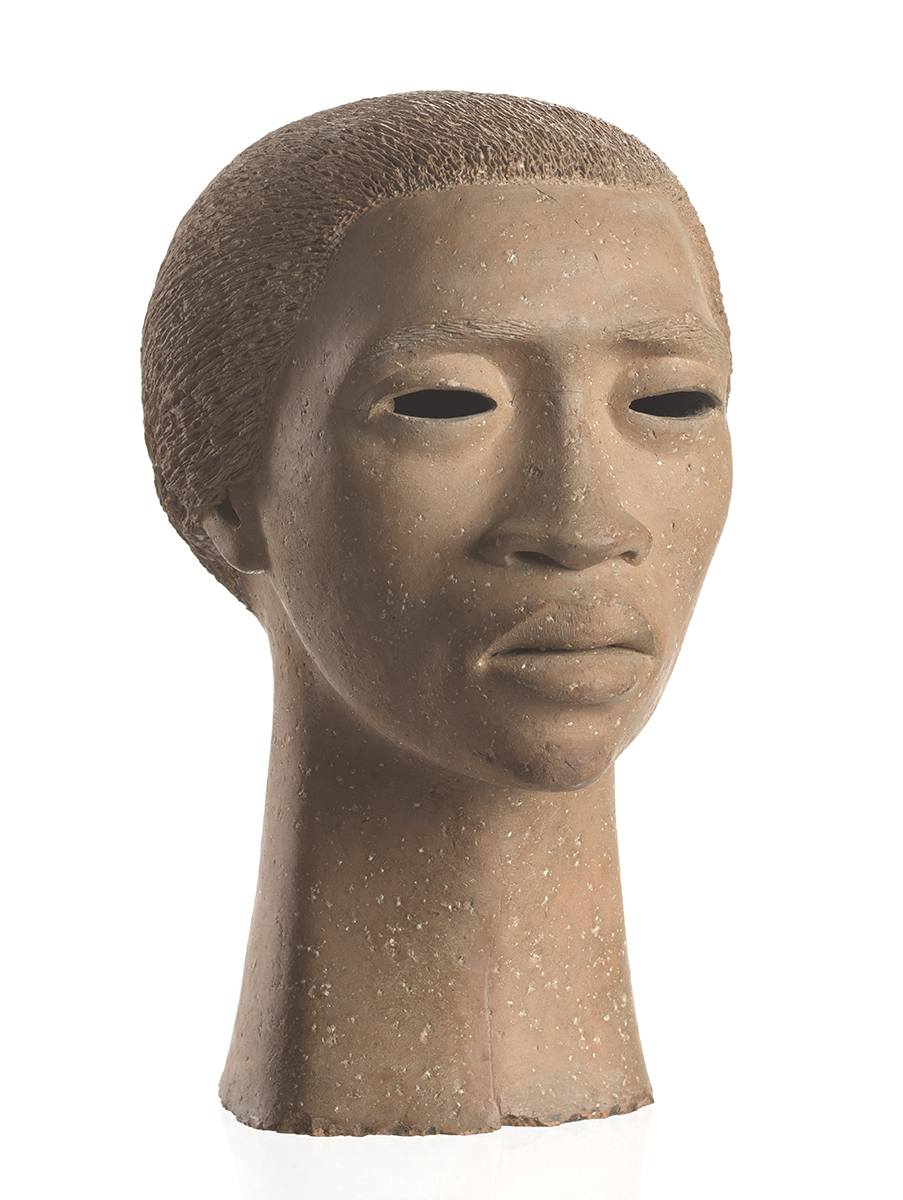
Elizabeth Catlett (1915–2012)
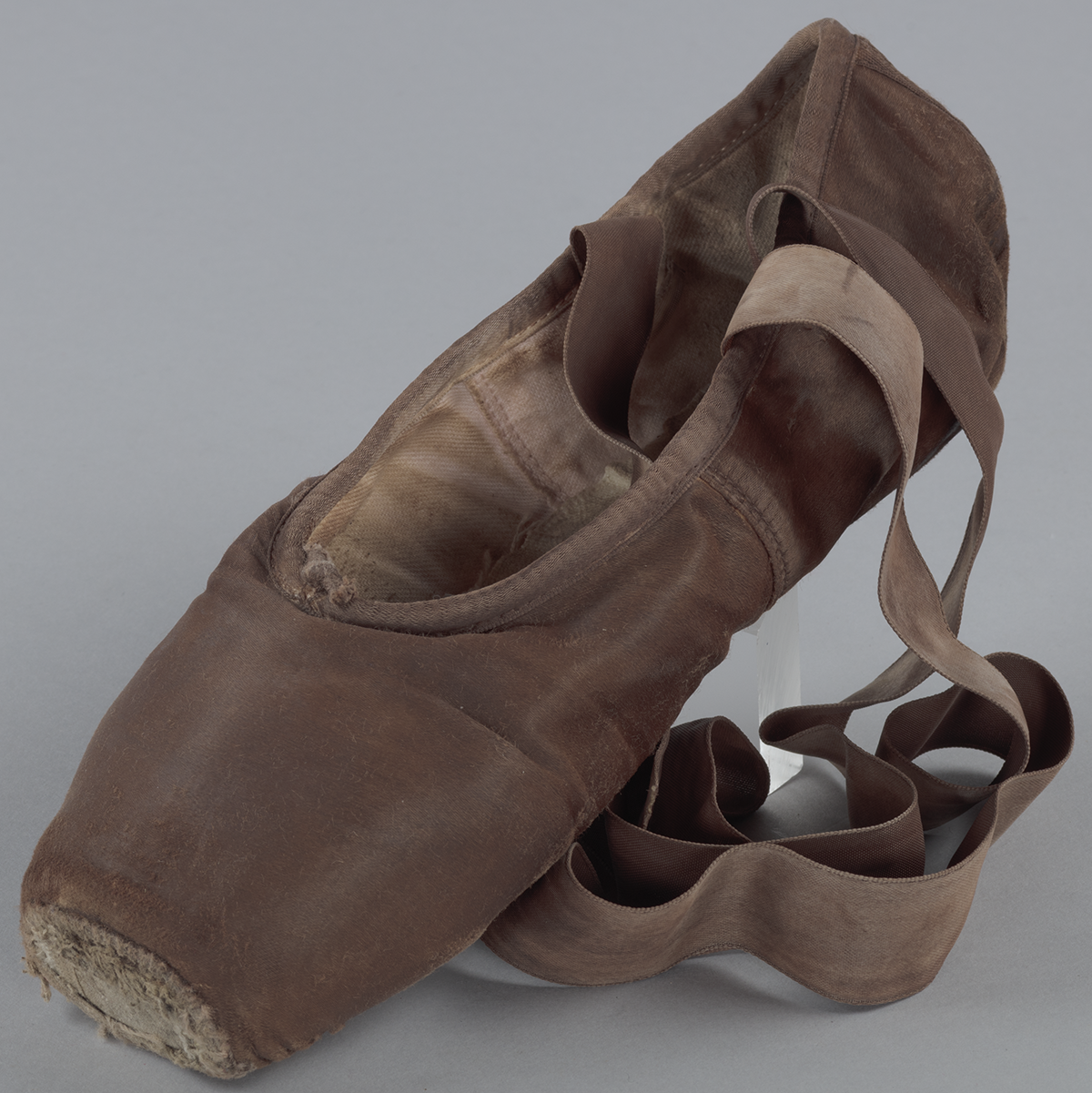
Ingrid Silva (b. 1988)
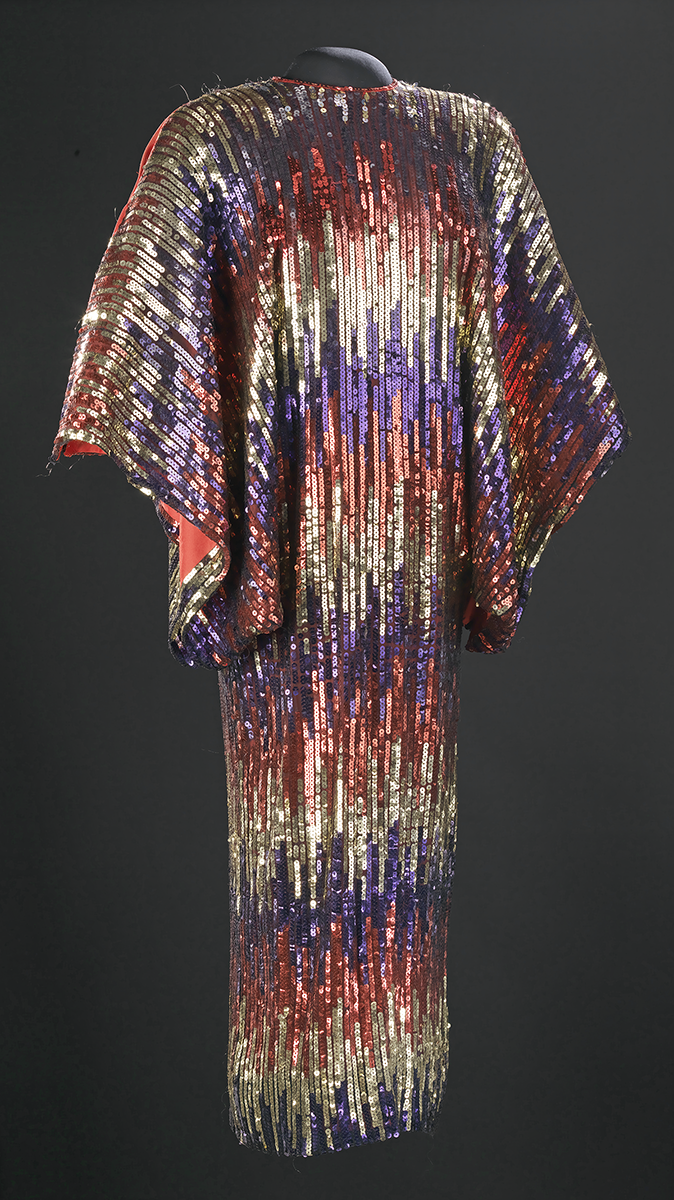
Celia Cruz (1925–2003)

Miguel Luciano (b. 1972)
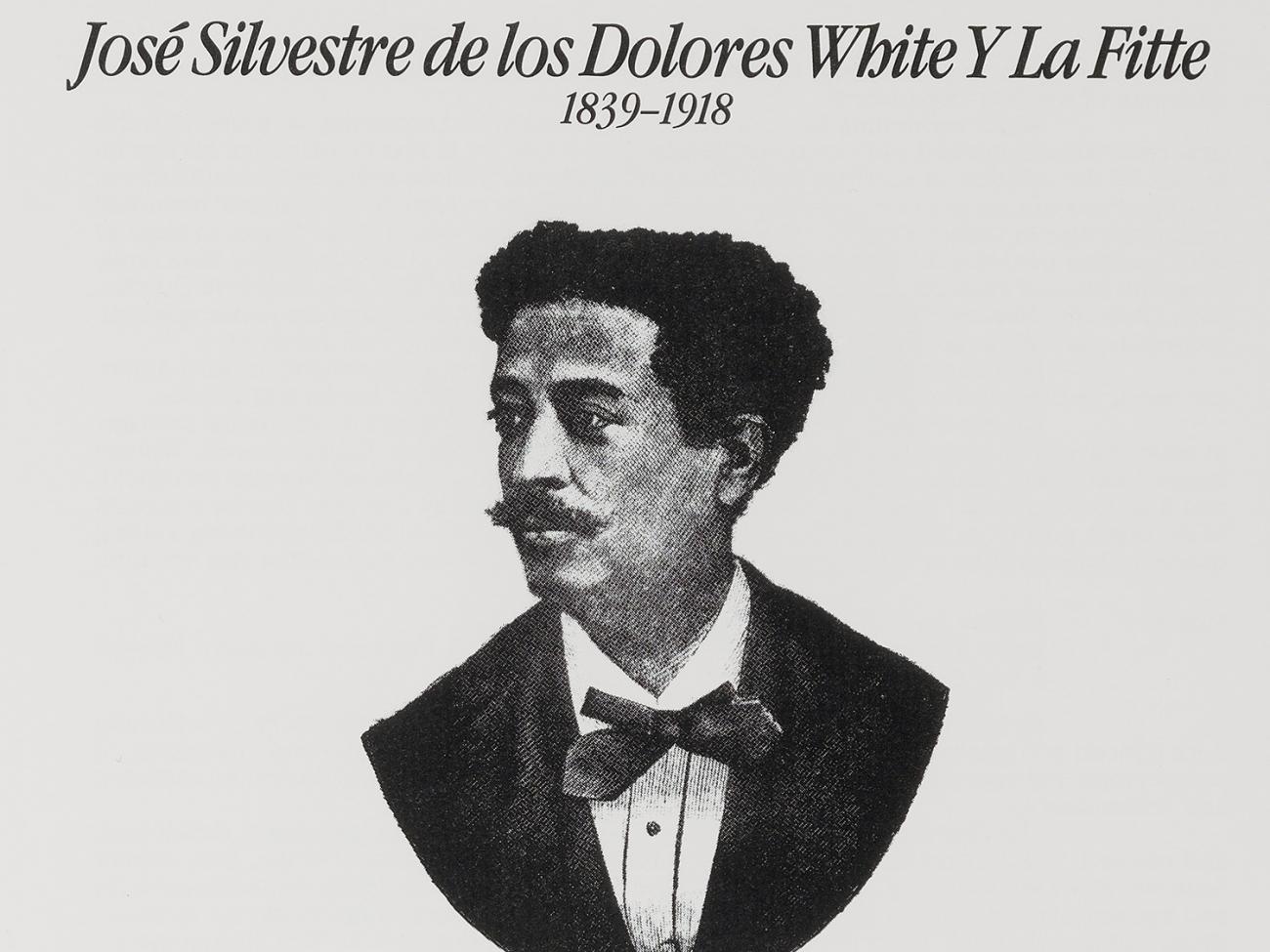
José White (1835–1918)
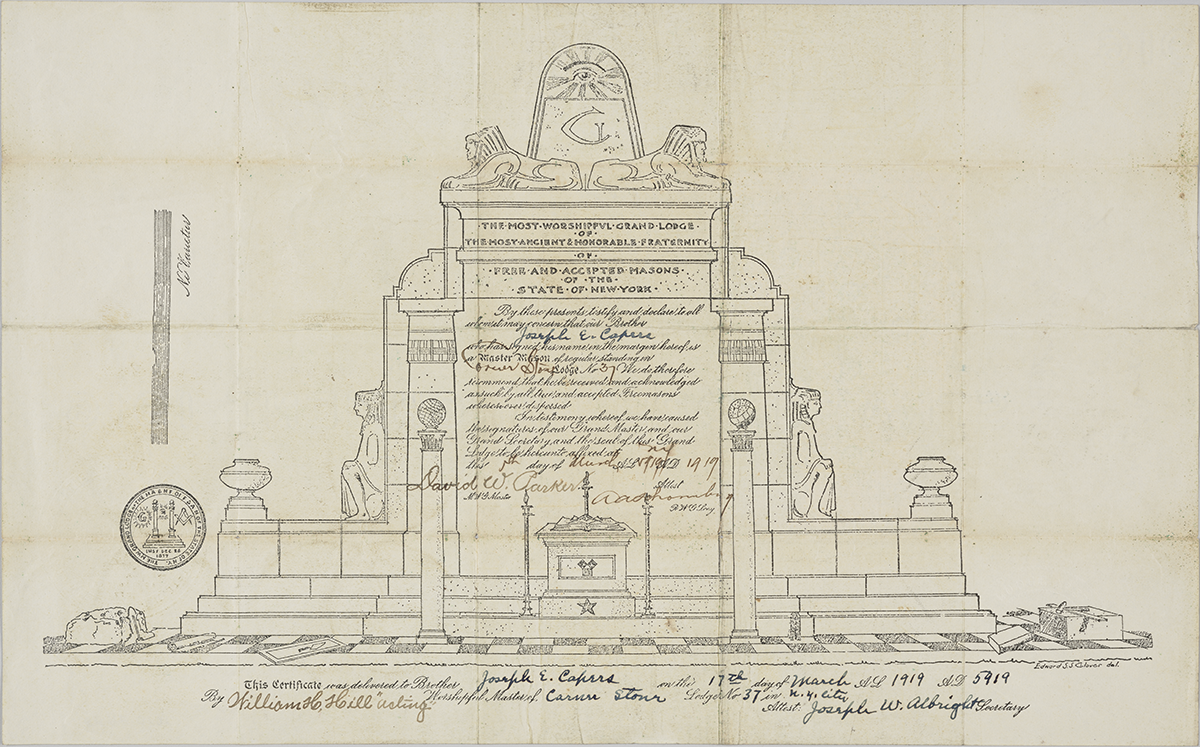
Arturo Alfonso Schomburg (1874–1938)
![A large red and black hand-painted sign on paper mounted to a large piece of cardboard, with the message: [Mr. Rogell The Tigers Arent All White Anymore!].](/sites/default/files/styles/max_1300x1300/public/images/media-image/2012_46_28_001_image.png?itok=kX-r9yAX)
Ozzie Virgil Sr. (b. 1932)
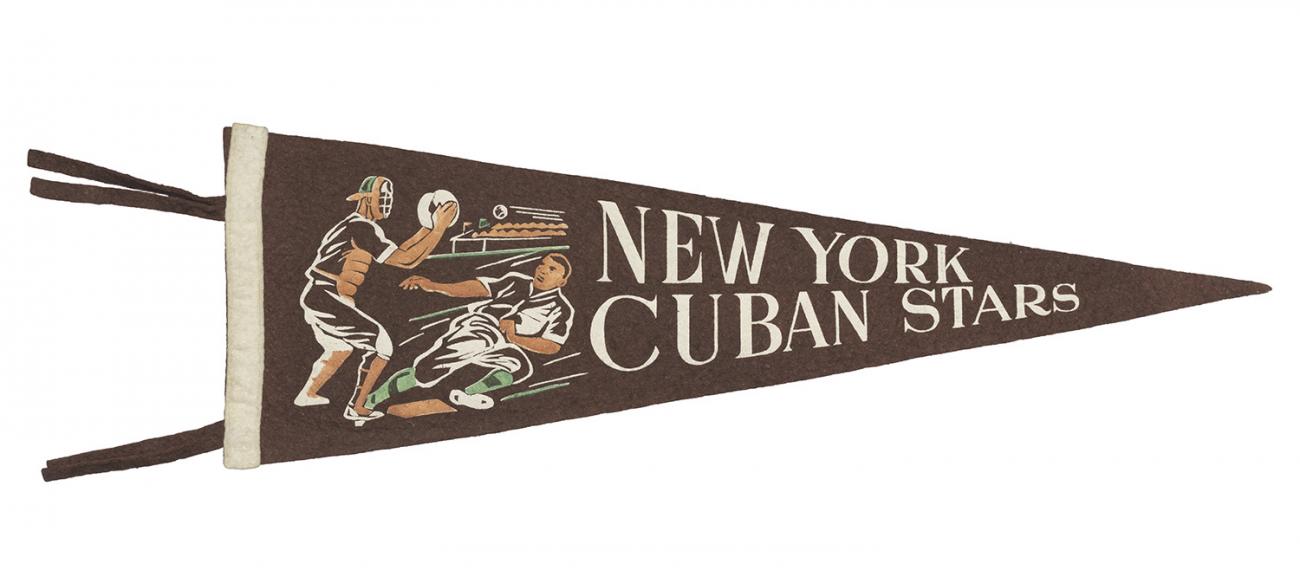
New York Cuban Stars (1916–1935)
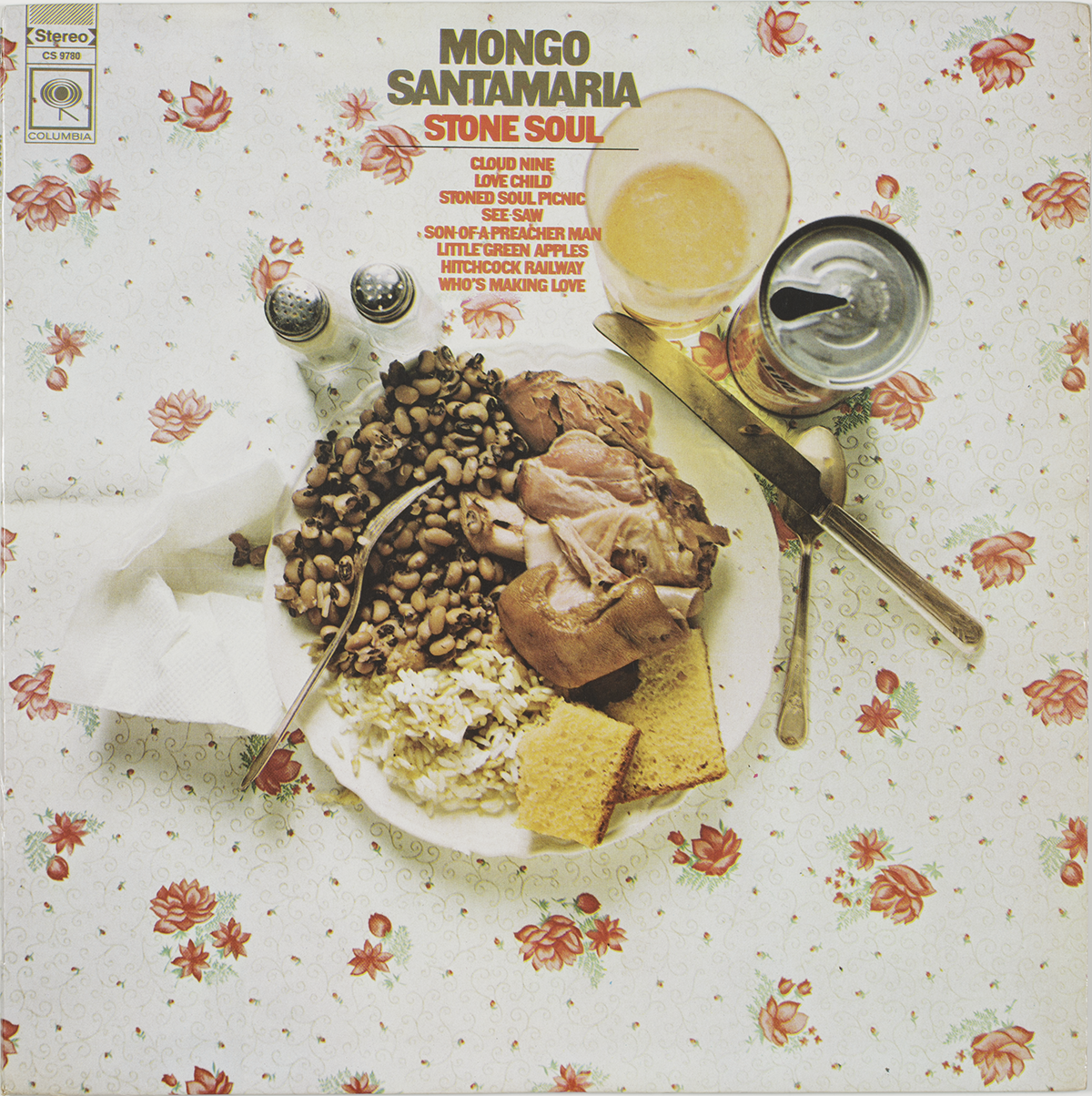
Mongo Santamaría (1917–2003)
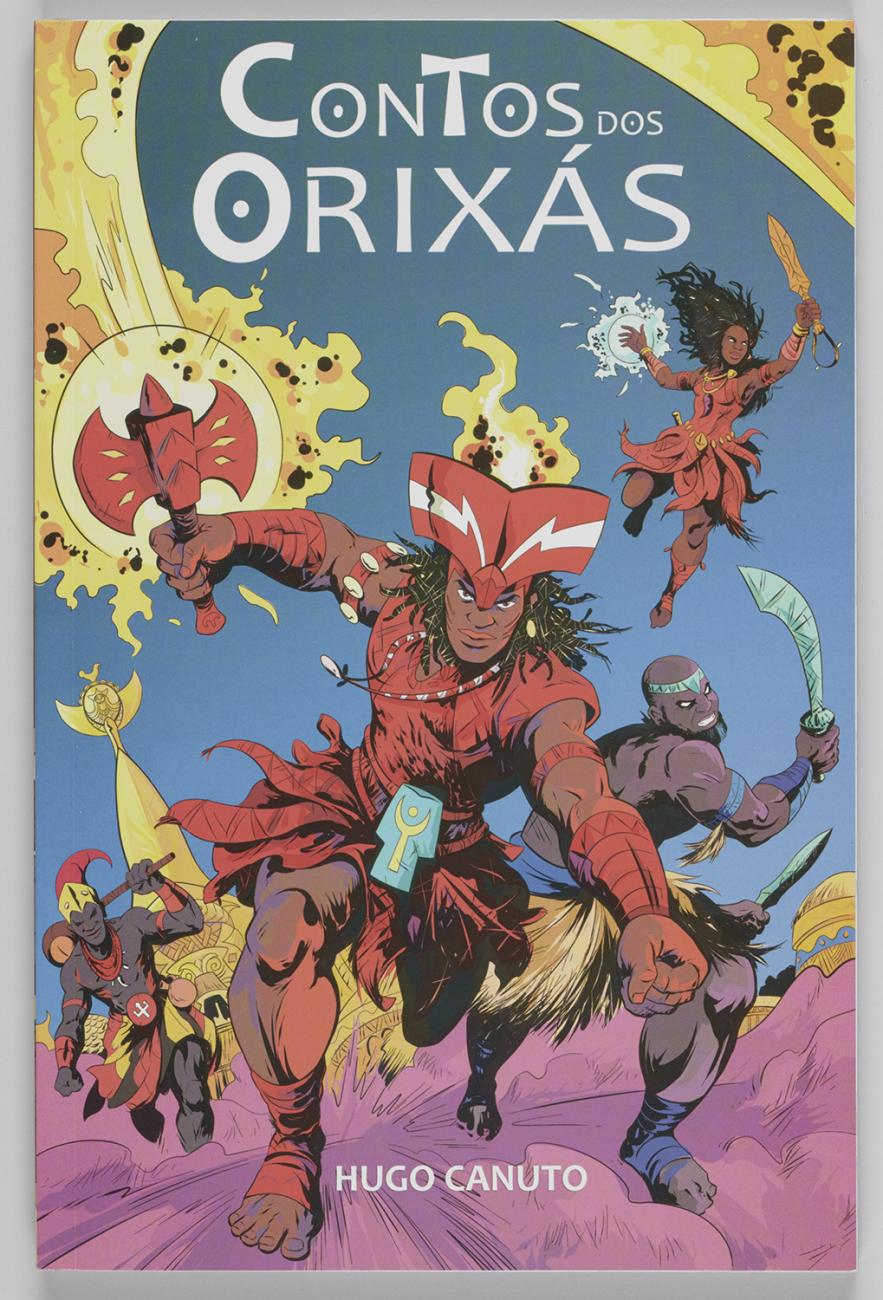
Hugo Canuto (b. 1986)
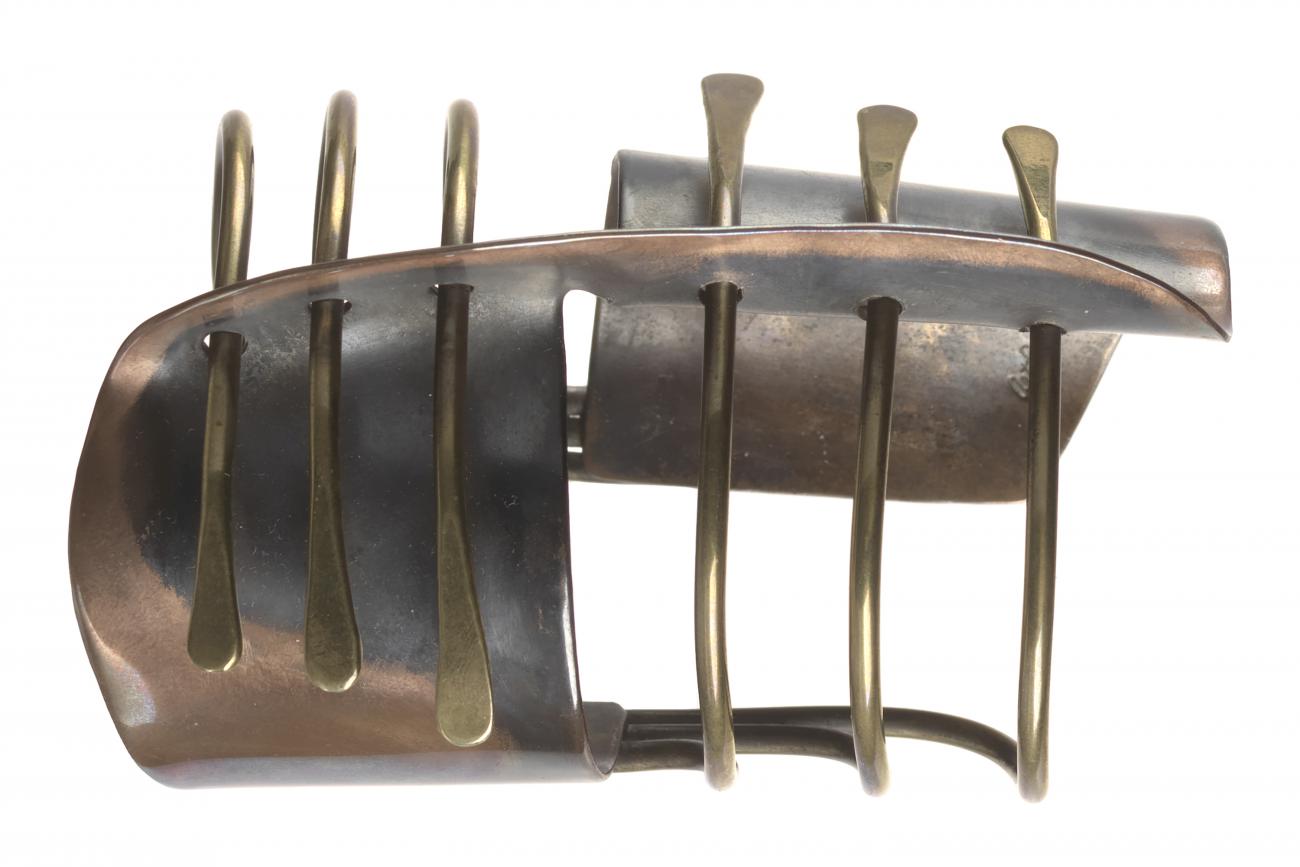
Art Smith (1917–1982)
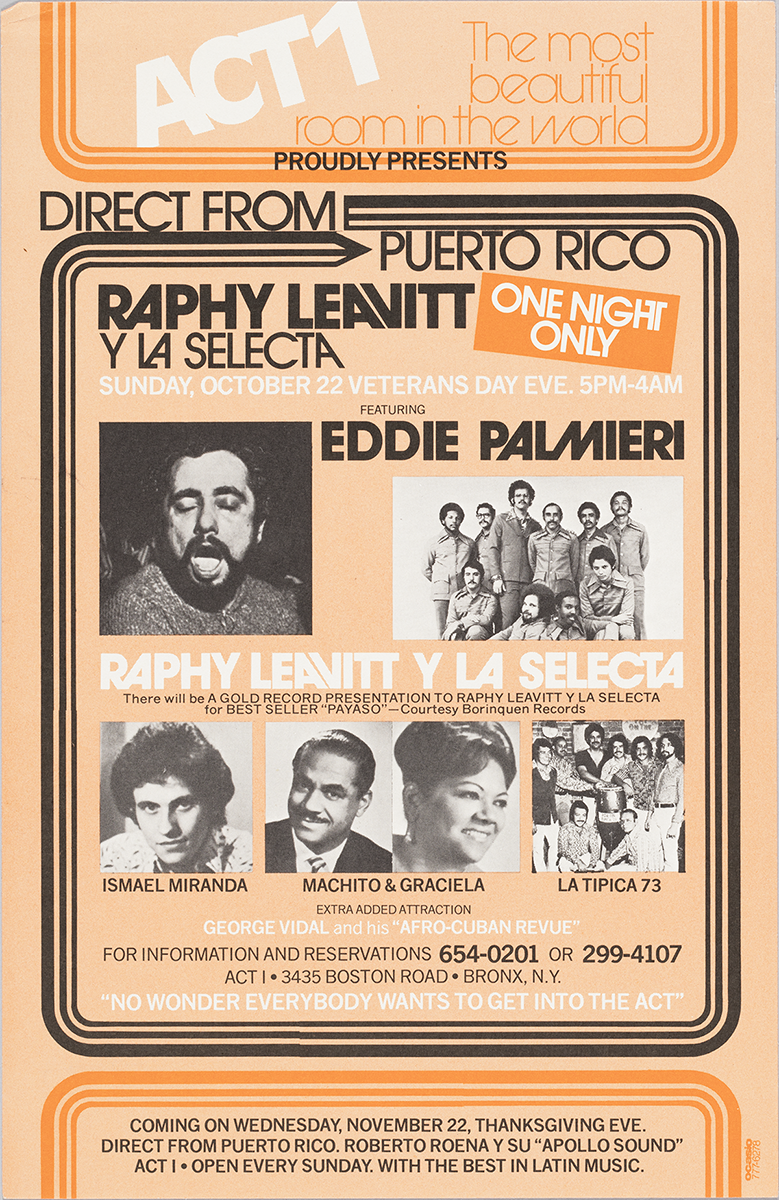
Frank "Machito" Grillo (ca. 1908–1984)
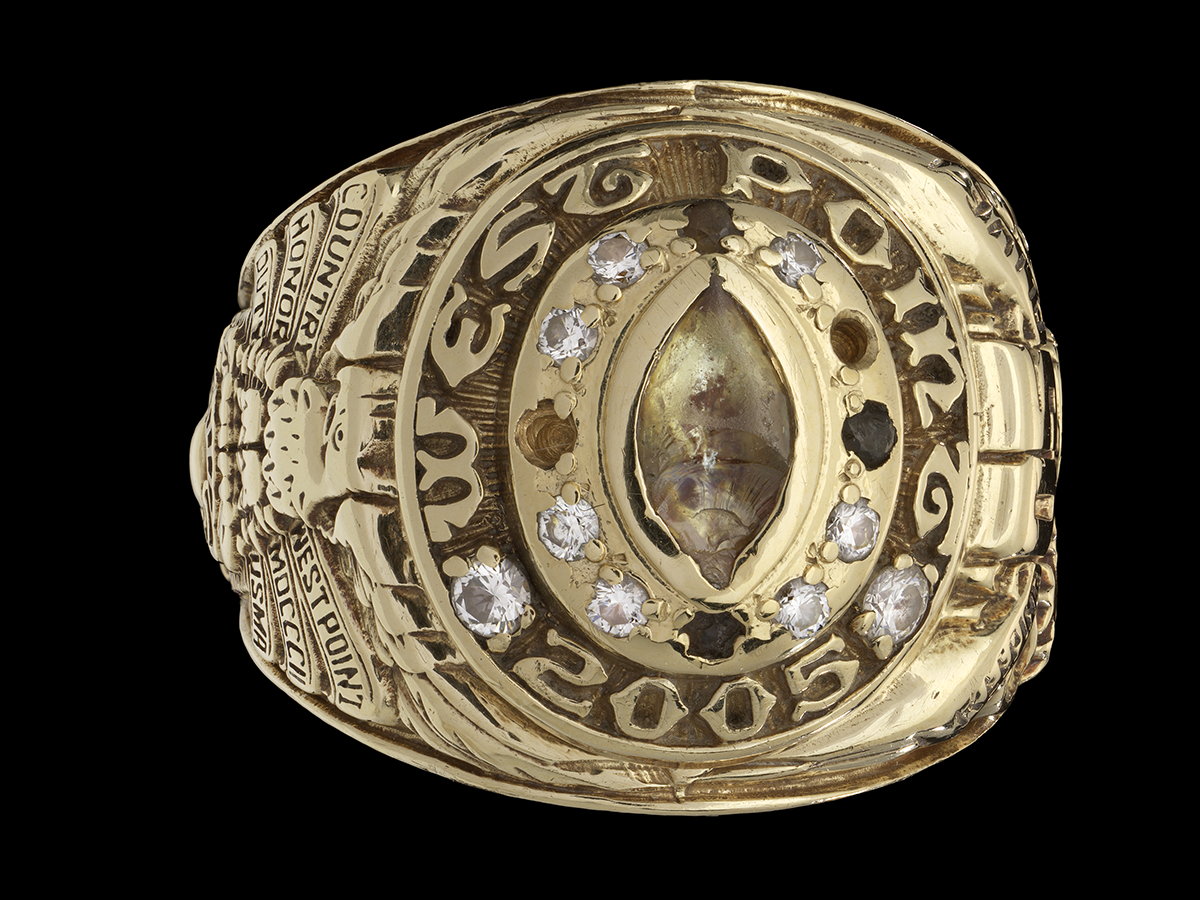
Lt. Emily J. T. Perez (1983–2006)
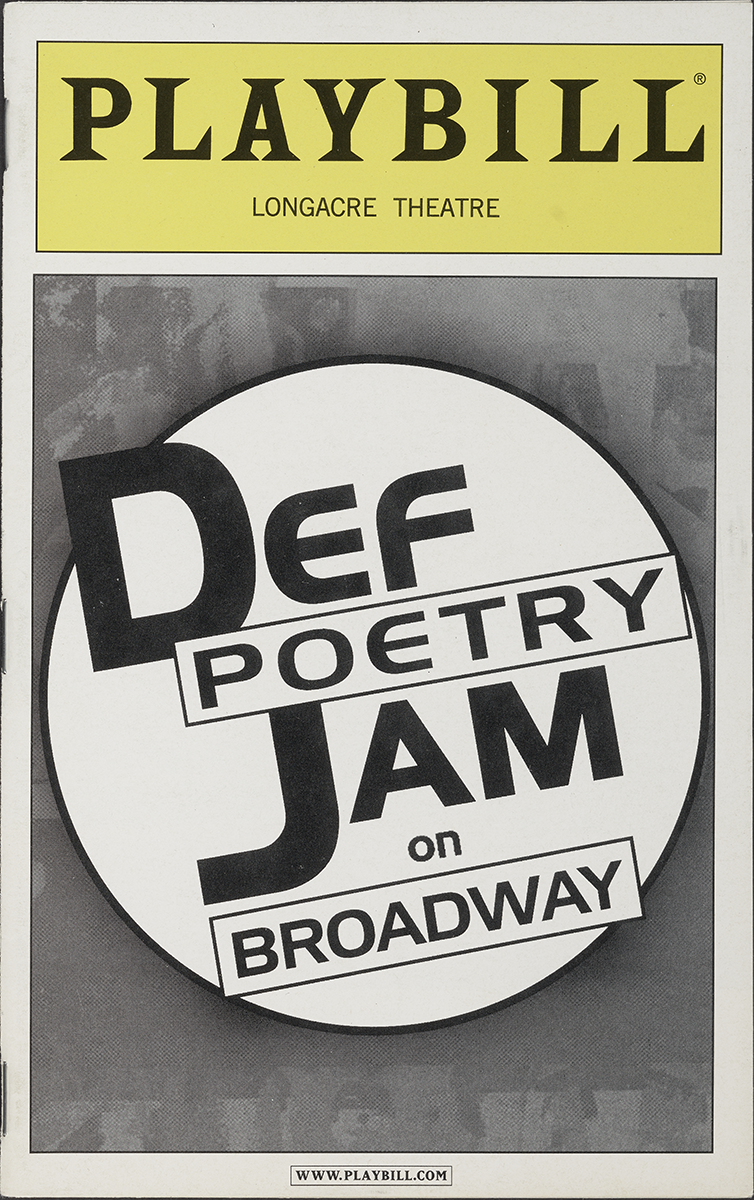
Mayda Del Valle (b. 1978)
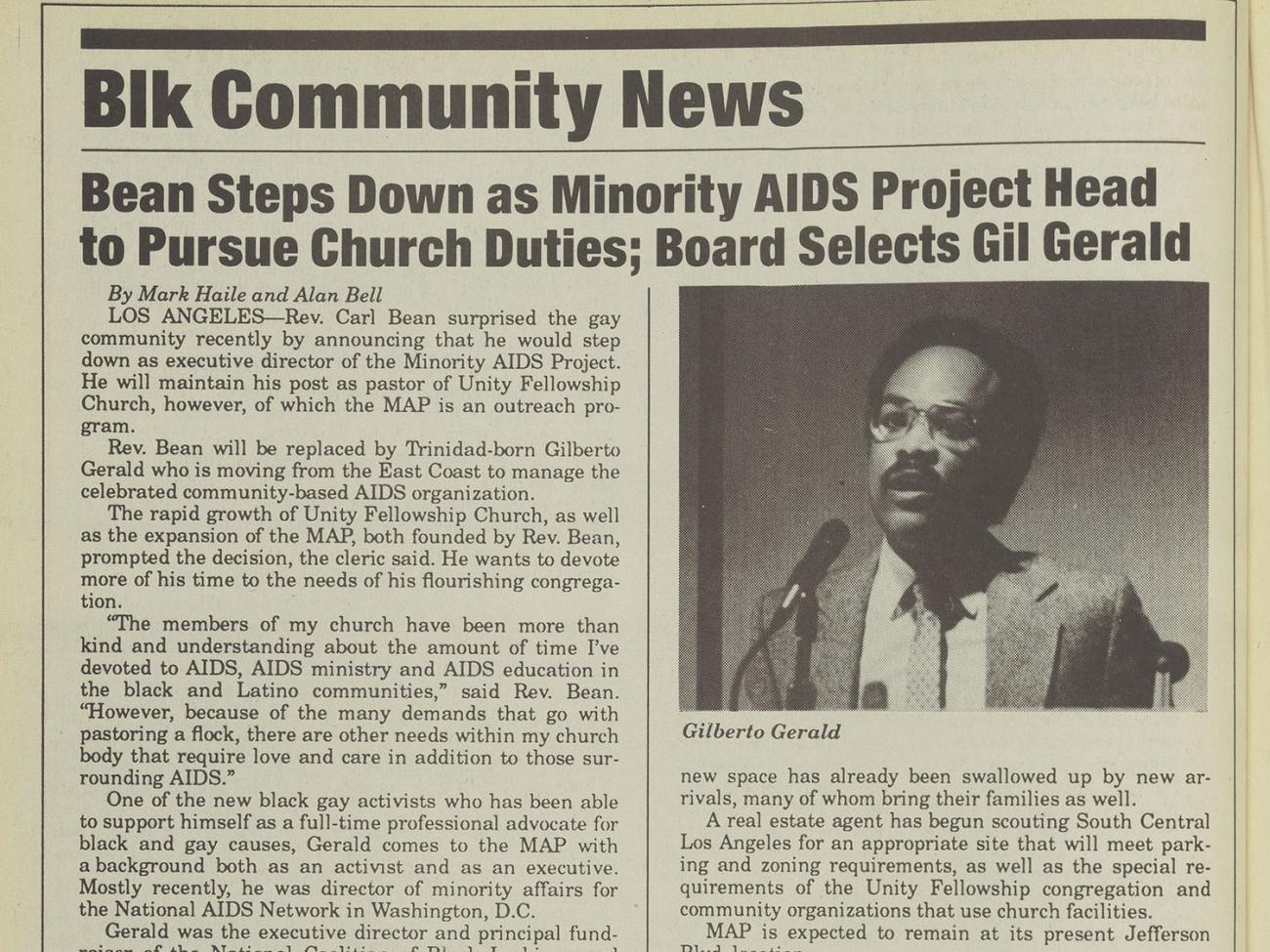
Gilberto “Gil” Gerald (b. 1950)
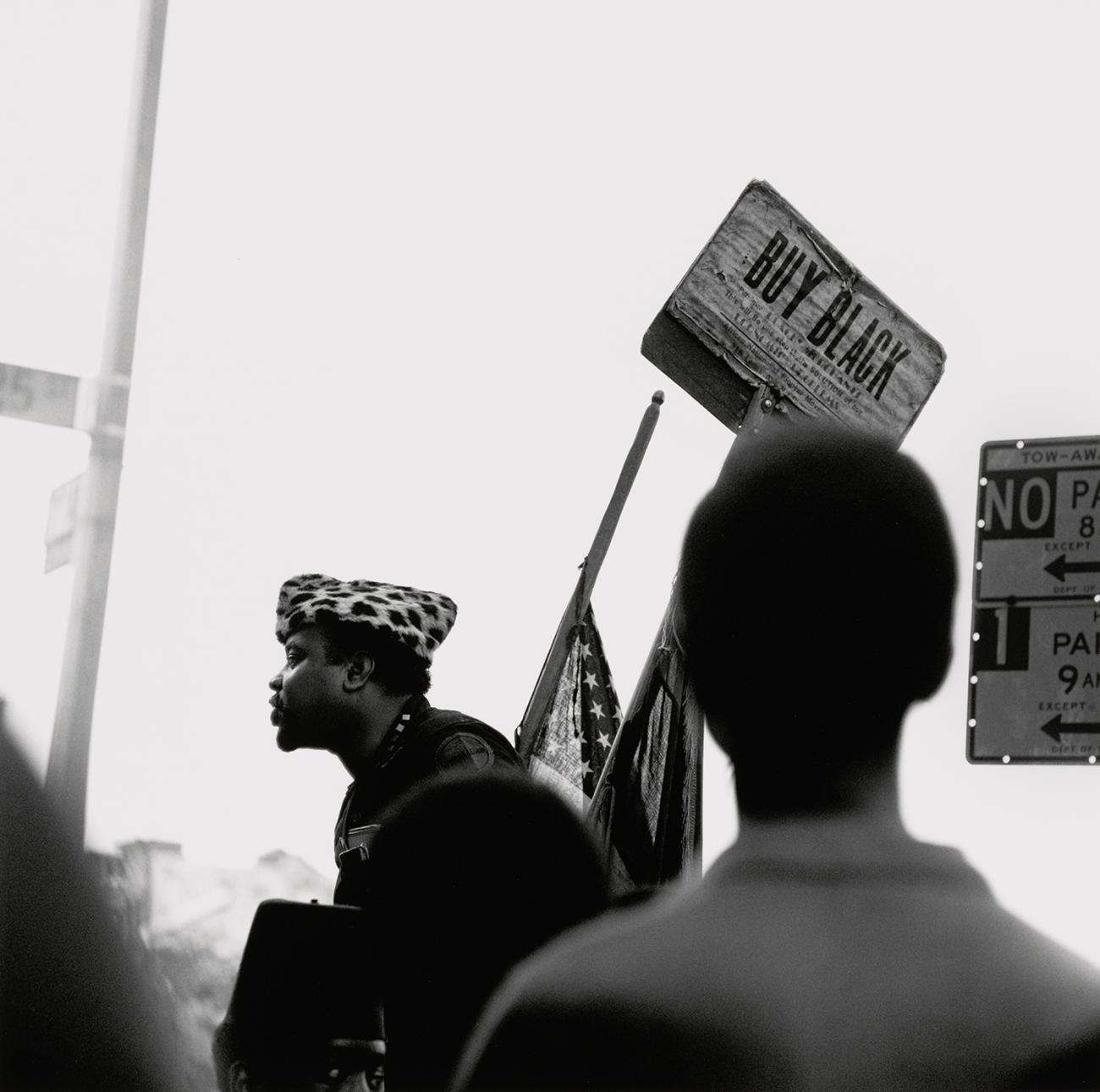
Carlos A. Cooks (1913–1966)
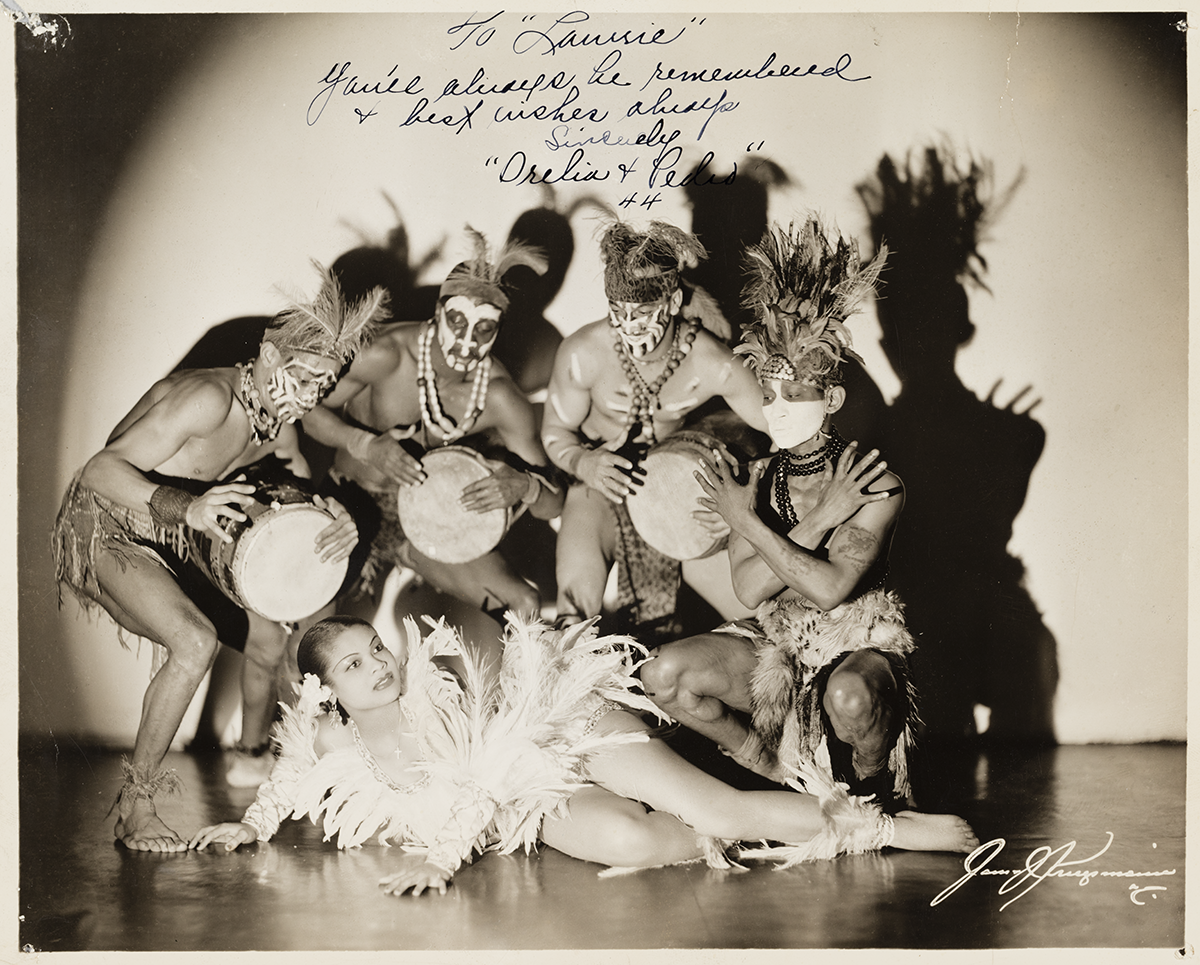
Princess Orelia Benskina (1911–2002)
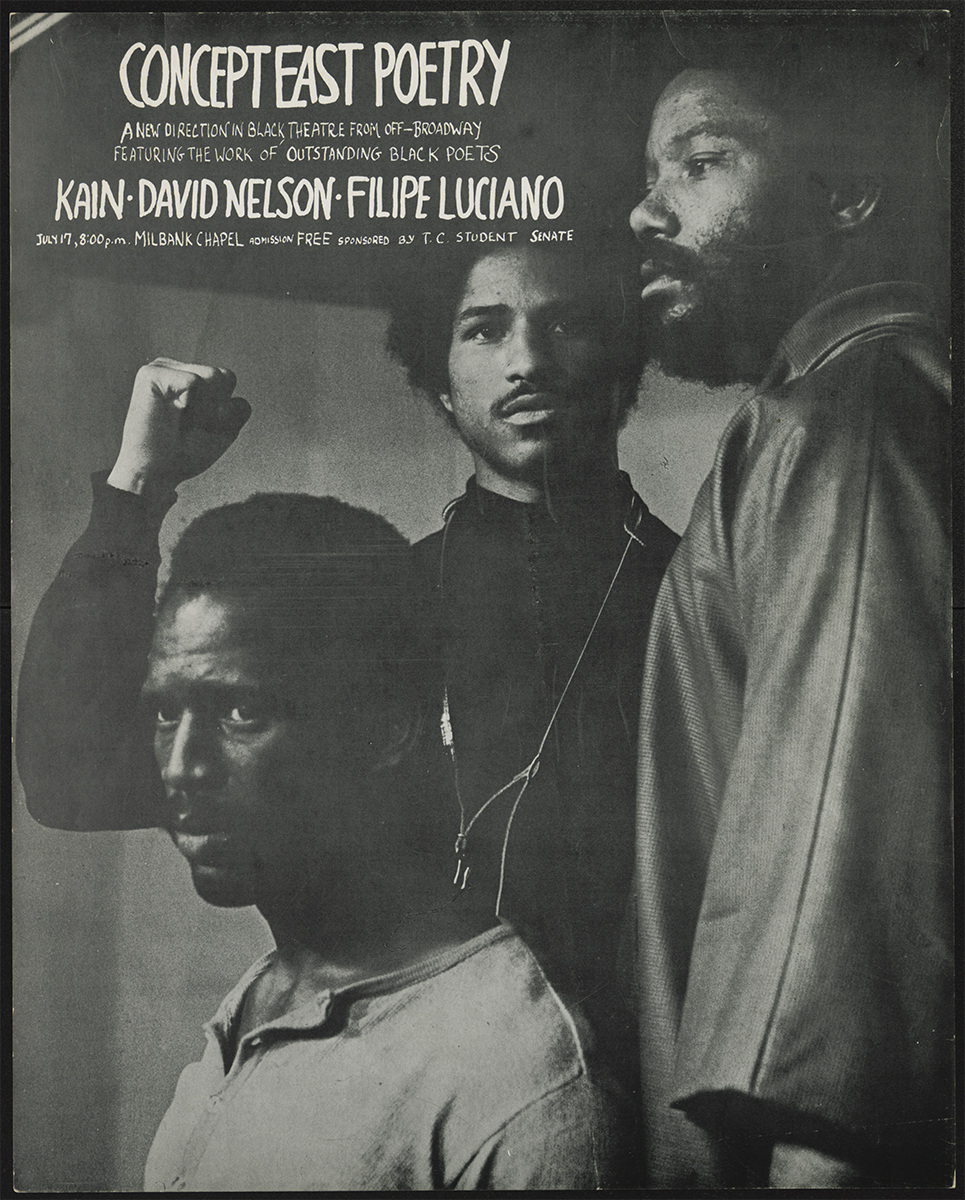
Felipe Luciano (b. 1948)
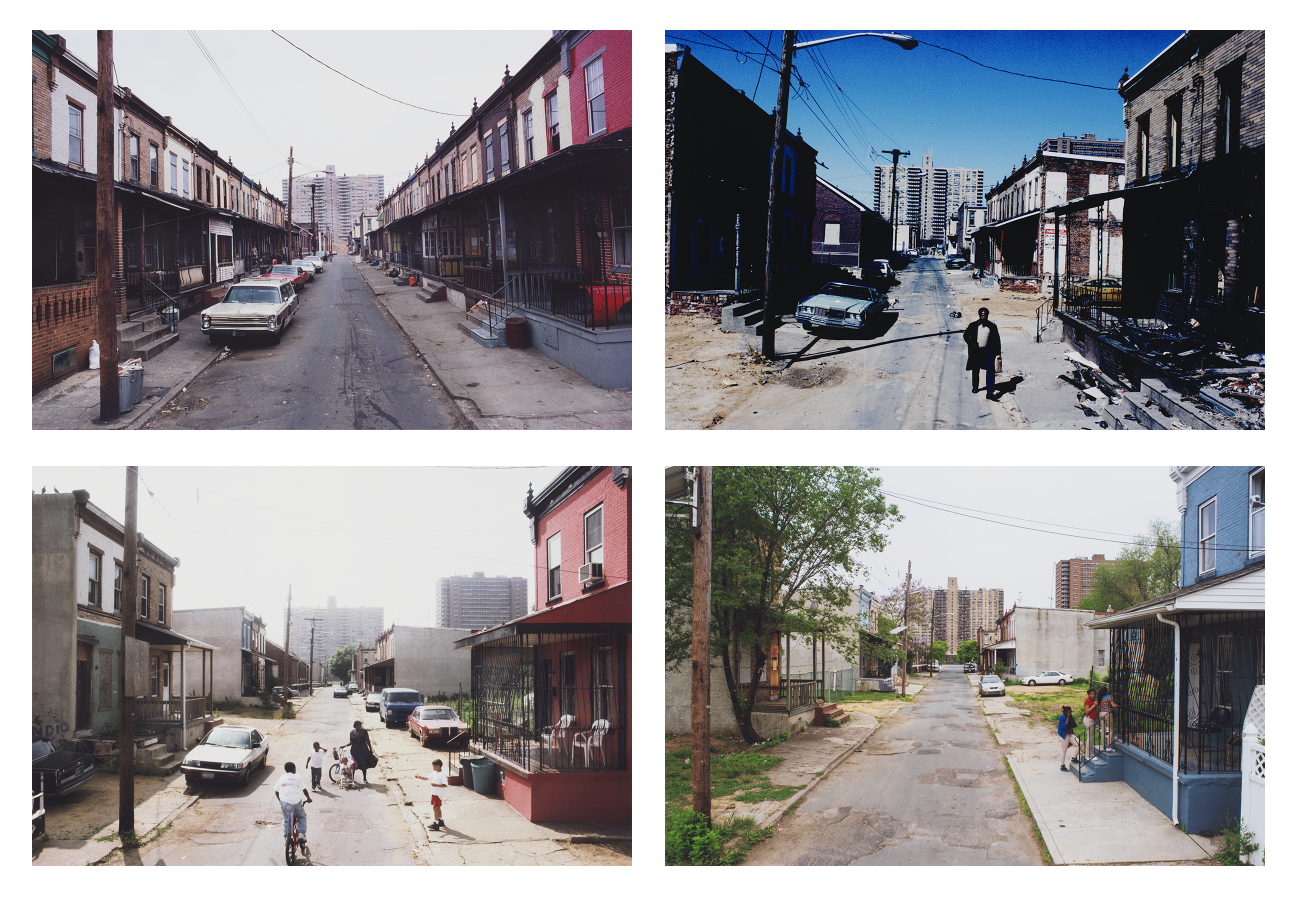
Camilo José Vergara (b. 1944)
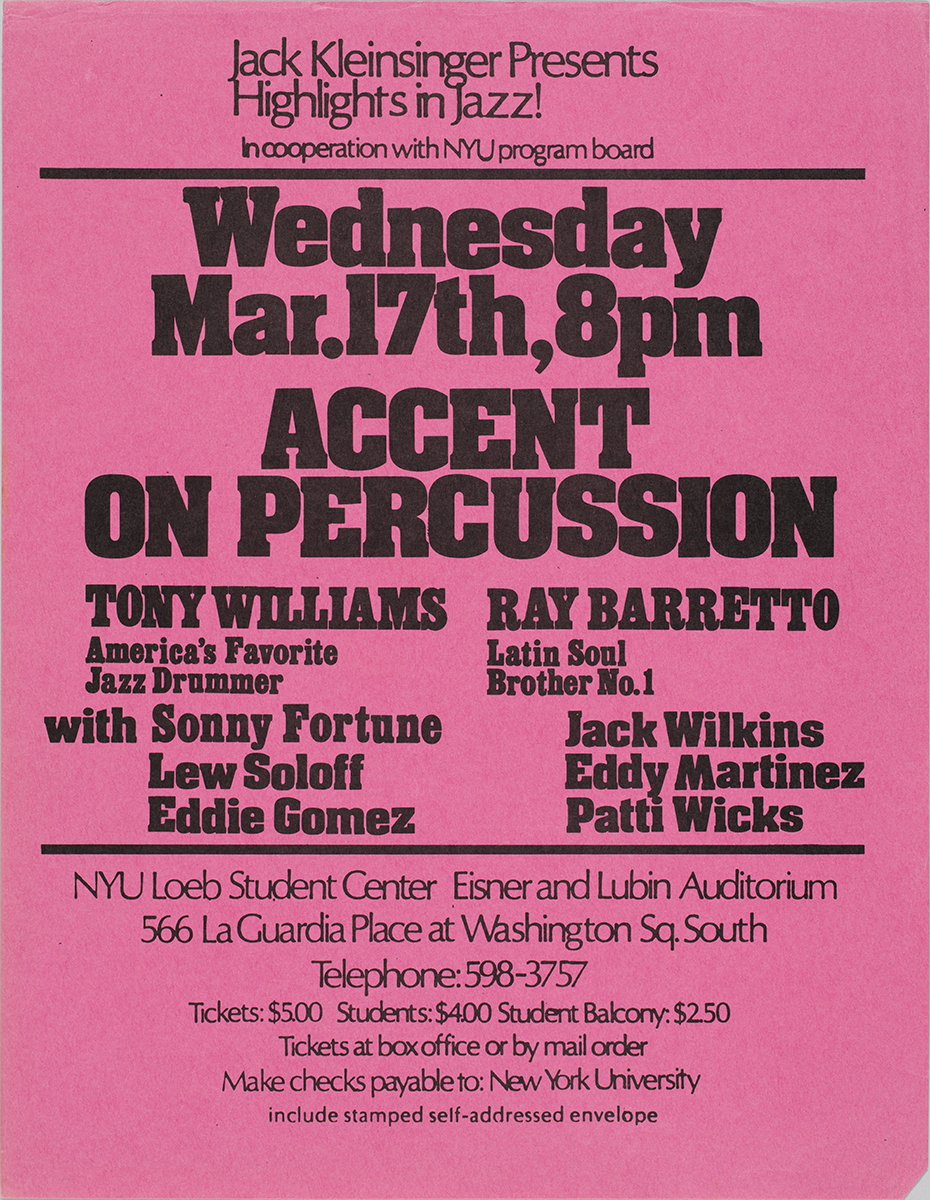
Ray Barretto (1929–2006)
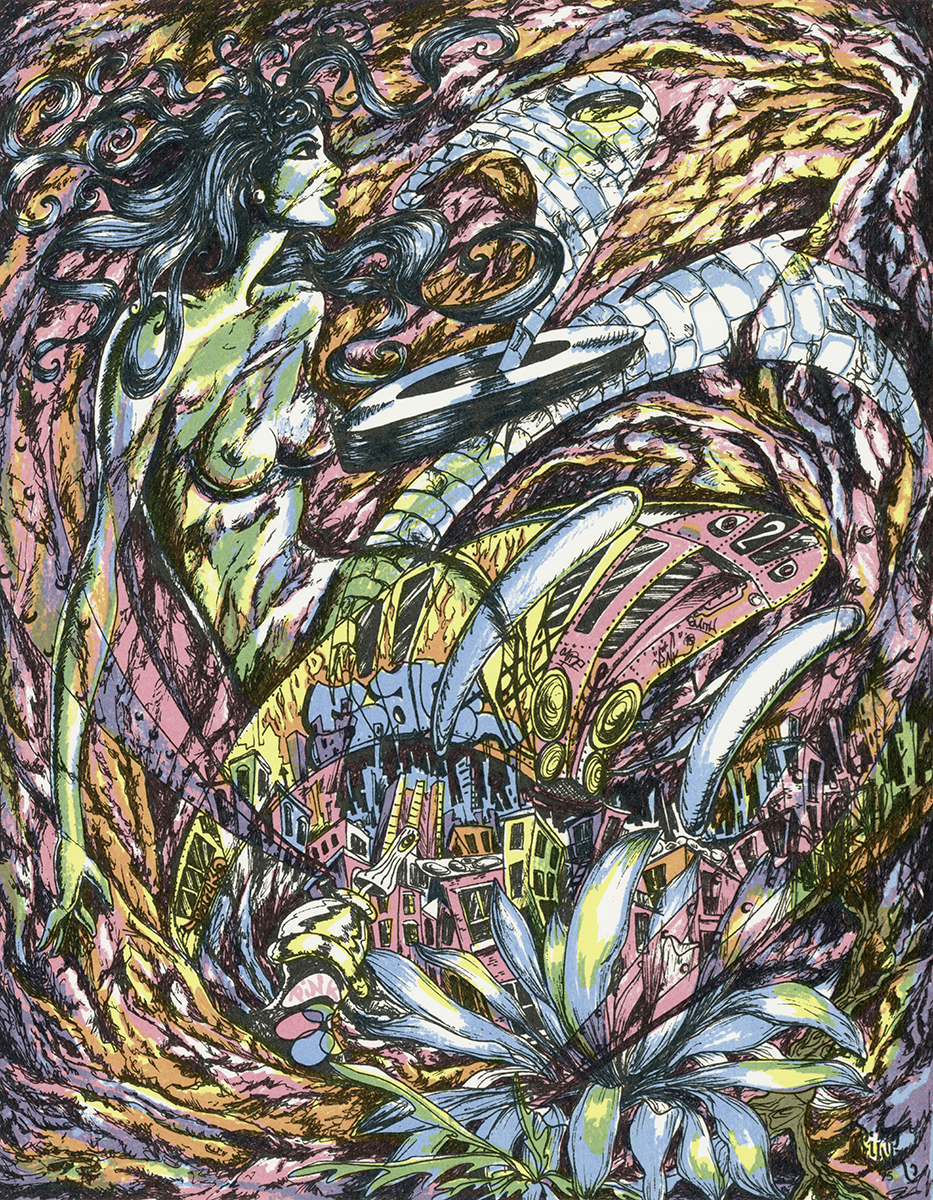
Lady Pink (b. 1964)

Andrea Pippins
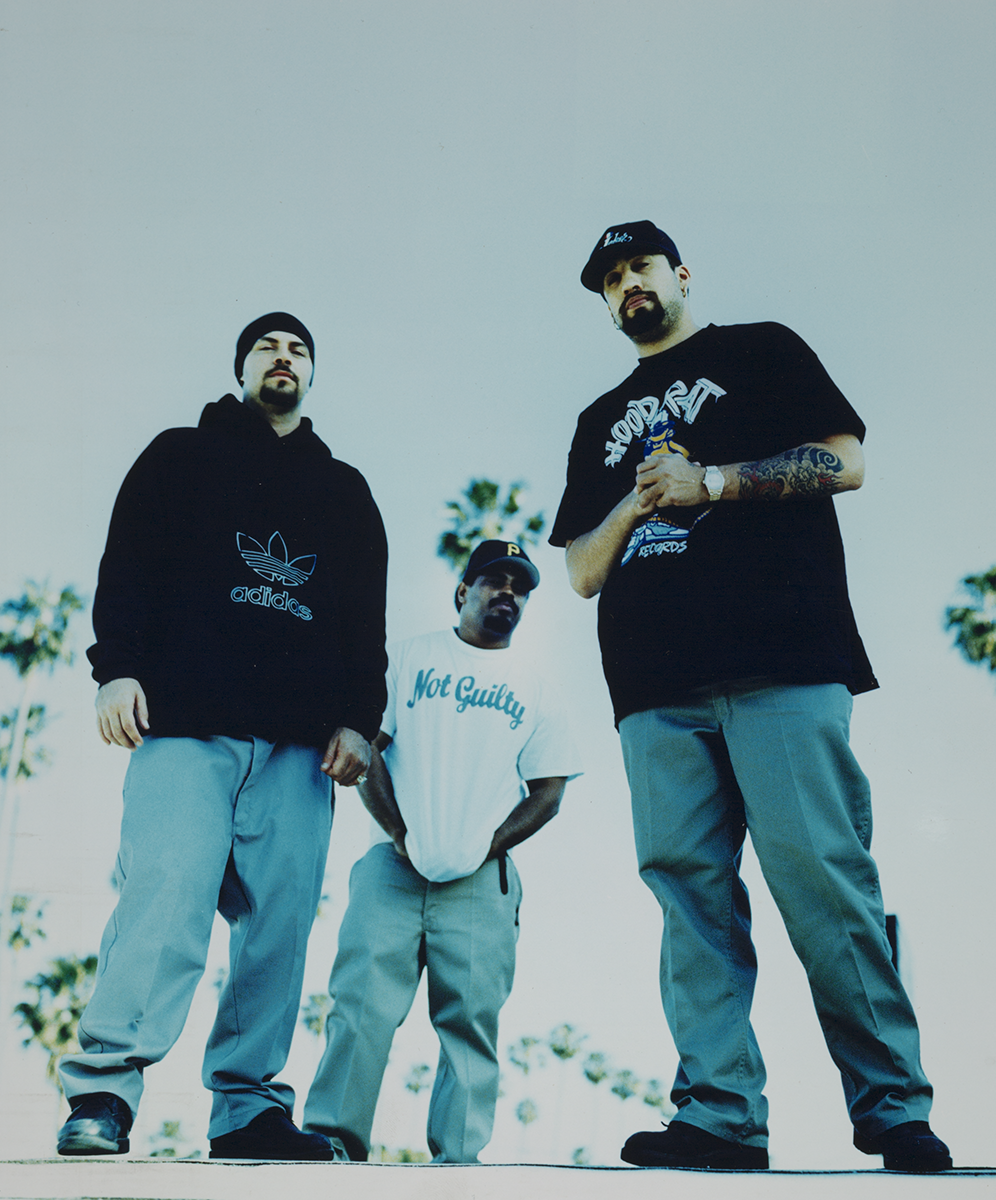
Cypress Hill (founded 1988)
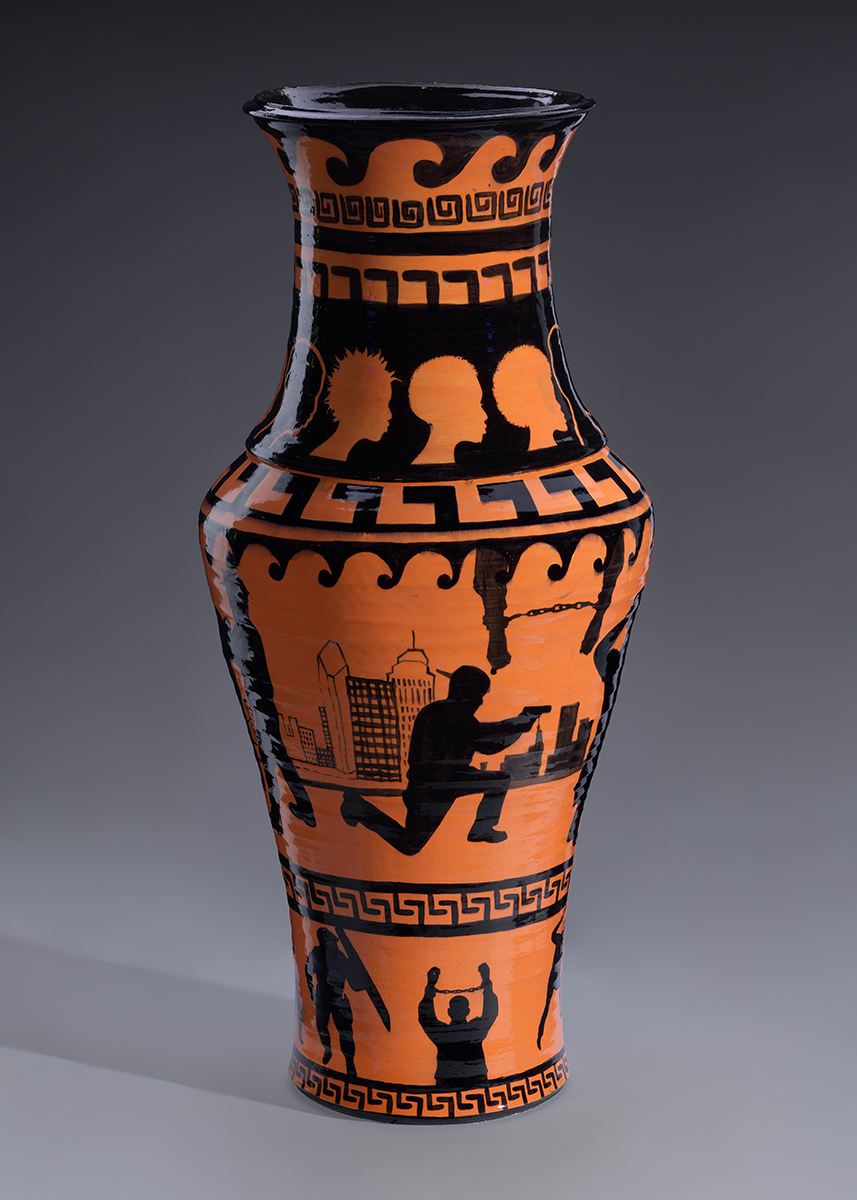
Roberto Lugo (b. 1981)
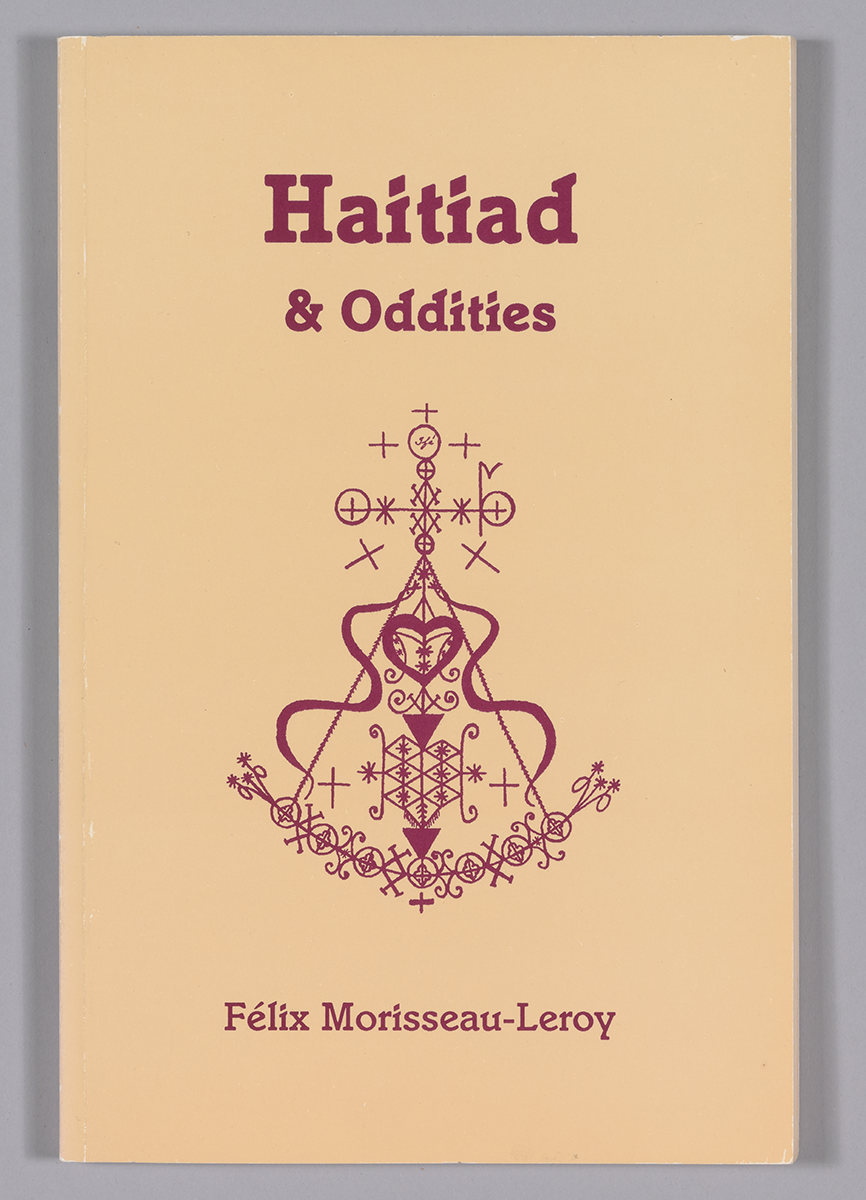
Félix Morisseau-Leroy (1912–1988)
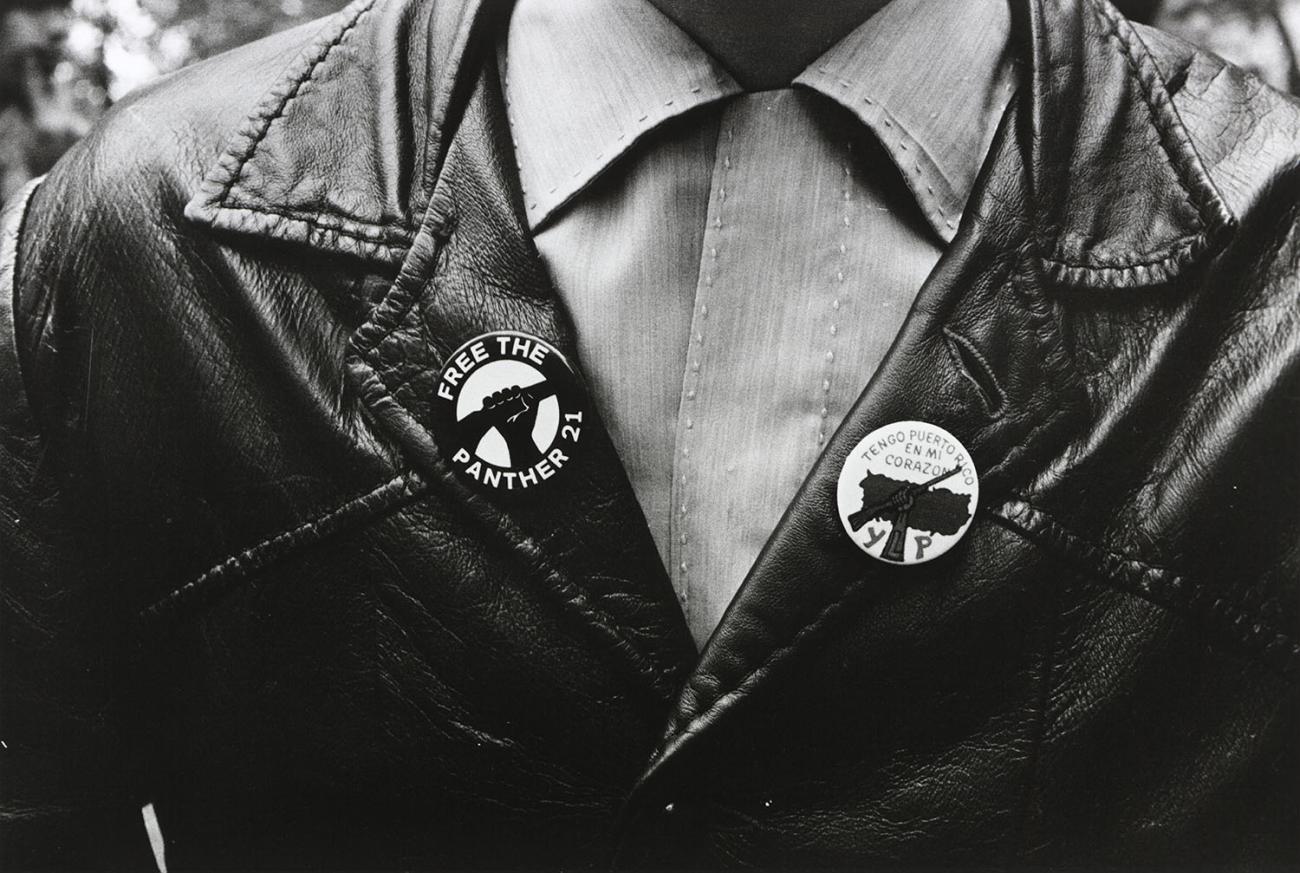
Hiram Maristany (1945–2022)
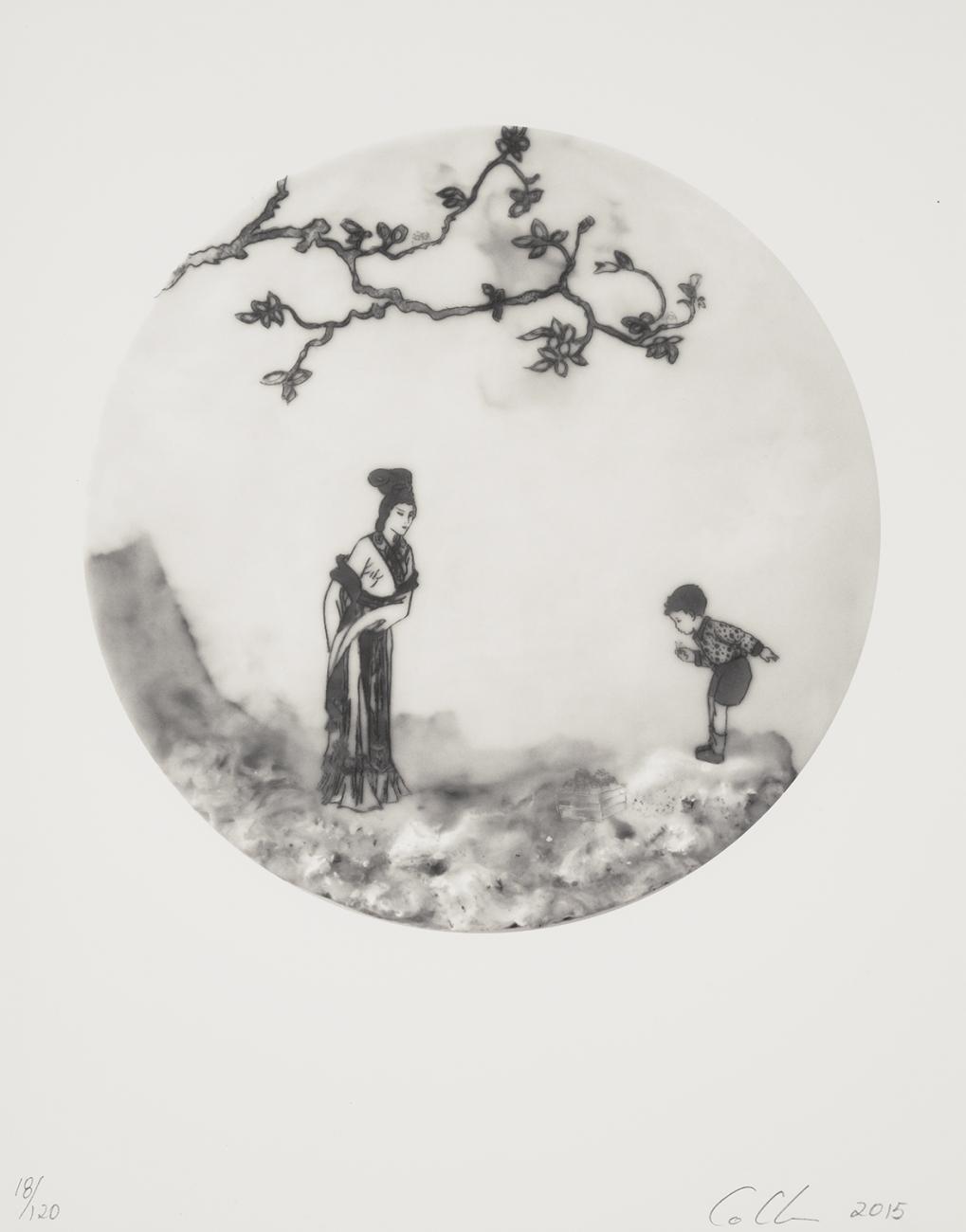
Cecile Chong (b. 1964)
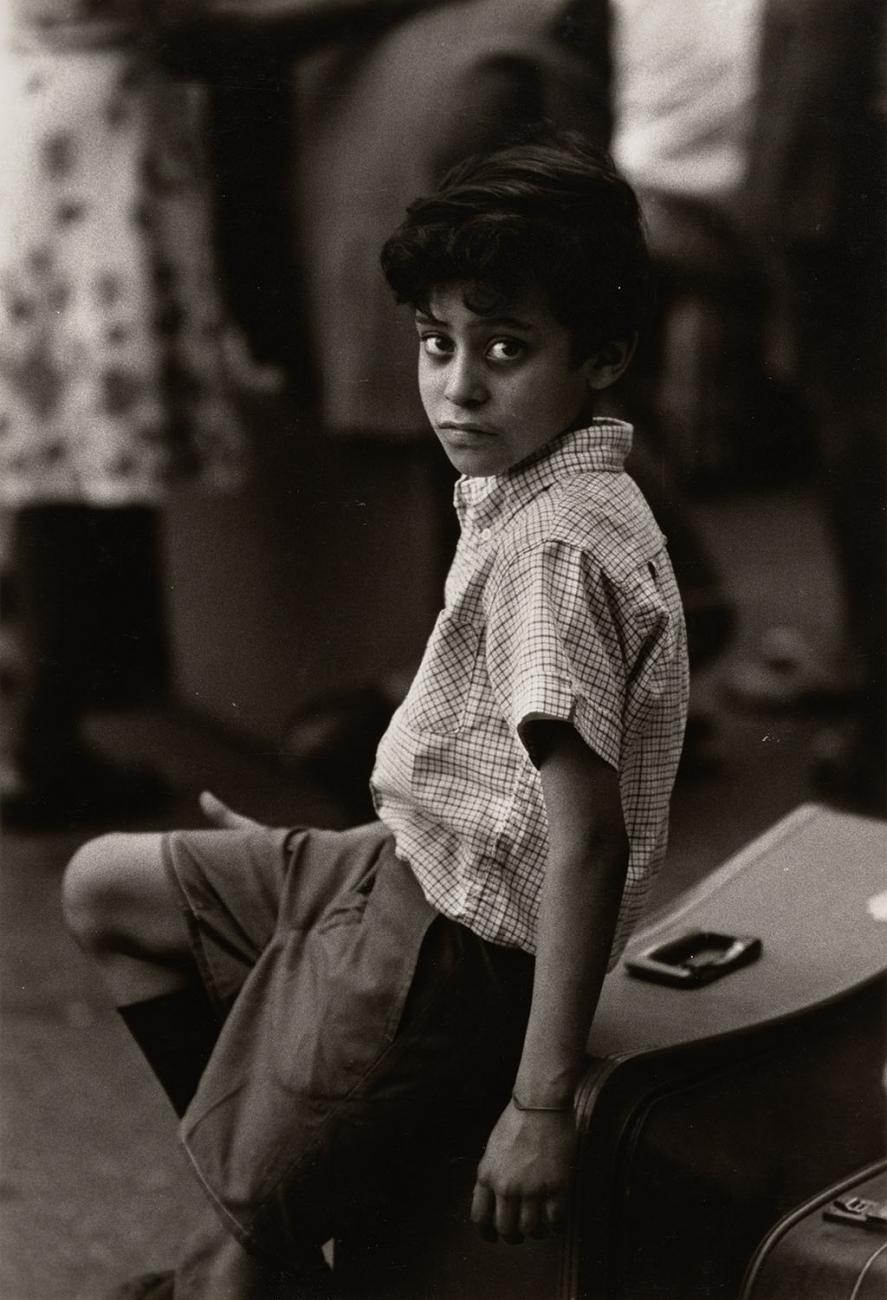
Frank Espada (1930-2014)
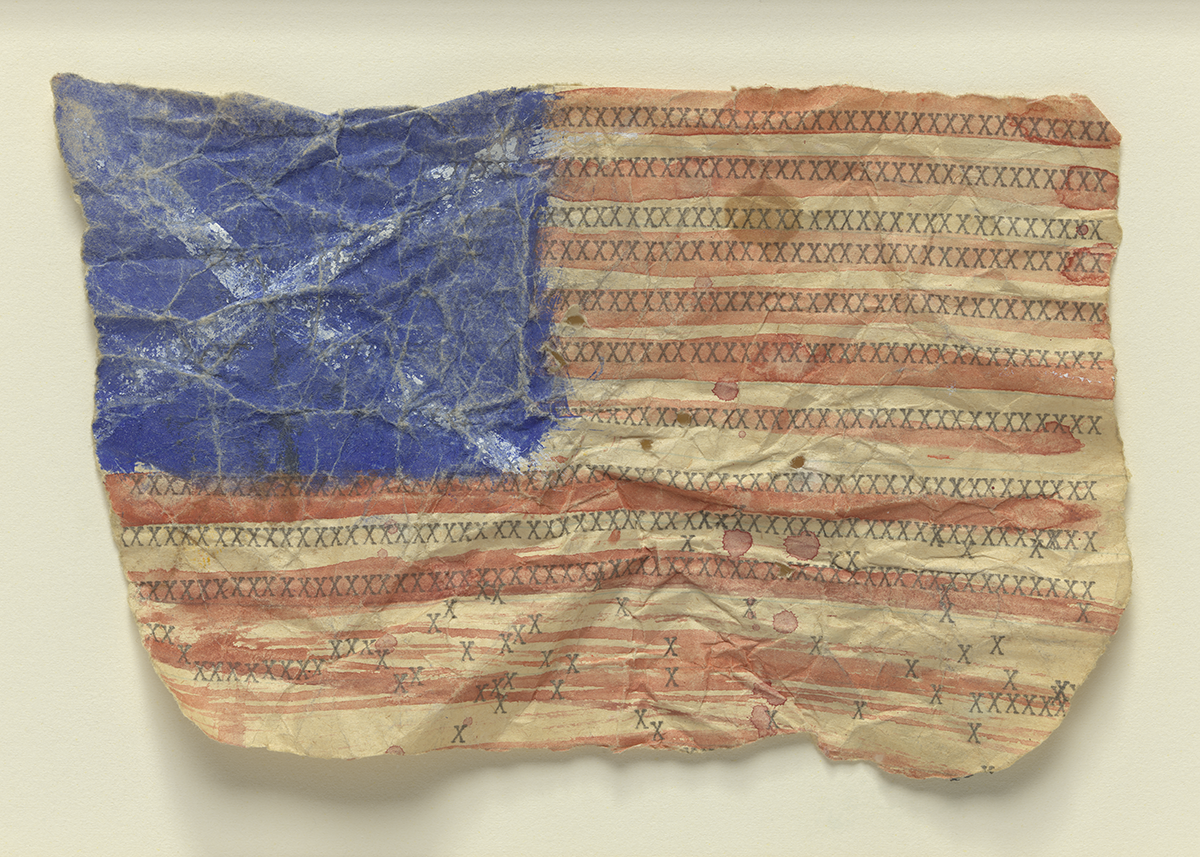
Jean-Michel Basquiat (1960–1988)
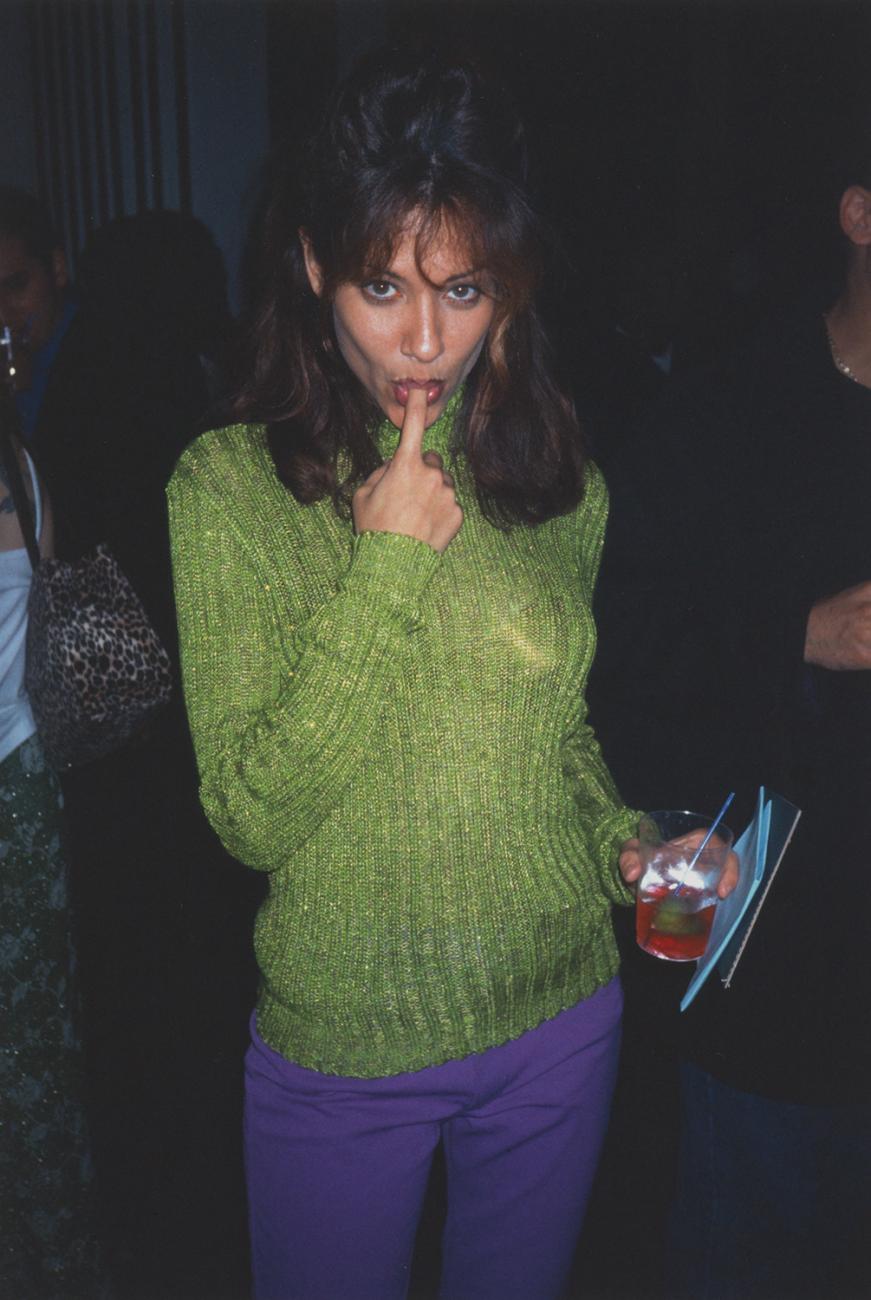
Idalis M. DeLeón (b. 1969)
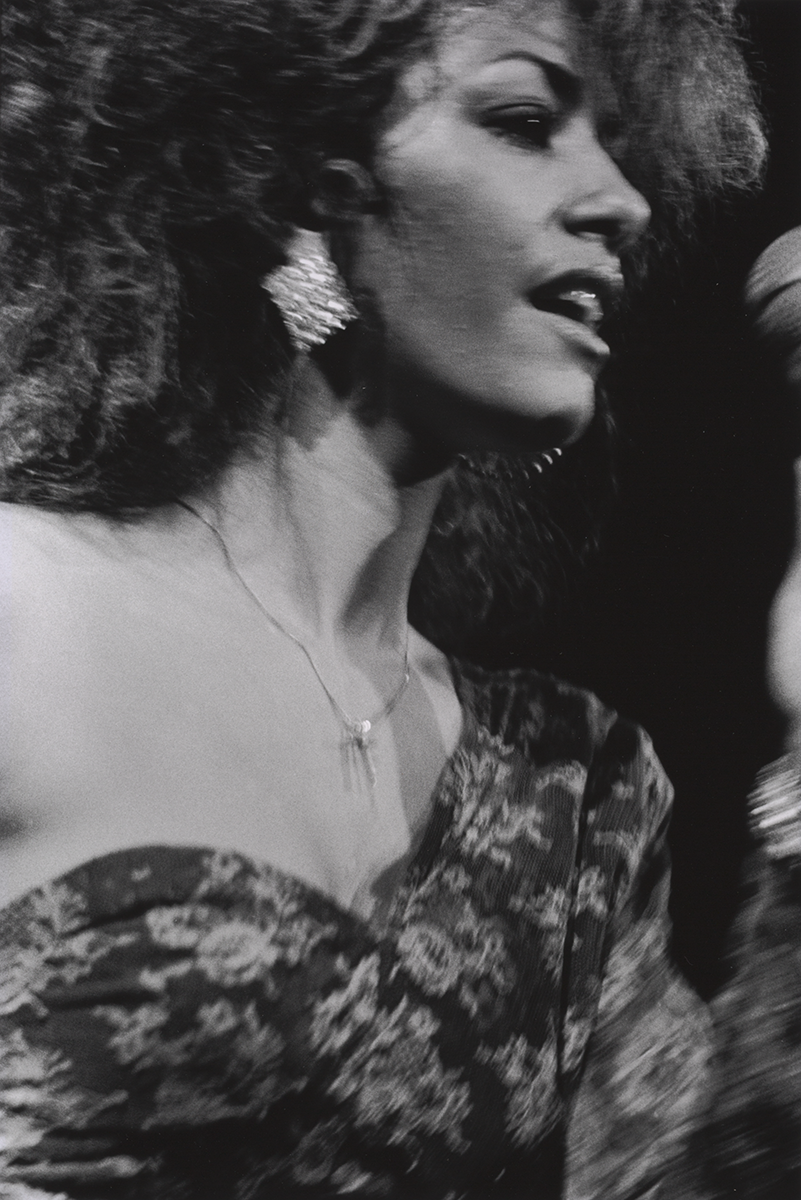
Sheila E. (b. 1957)
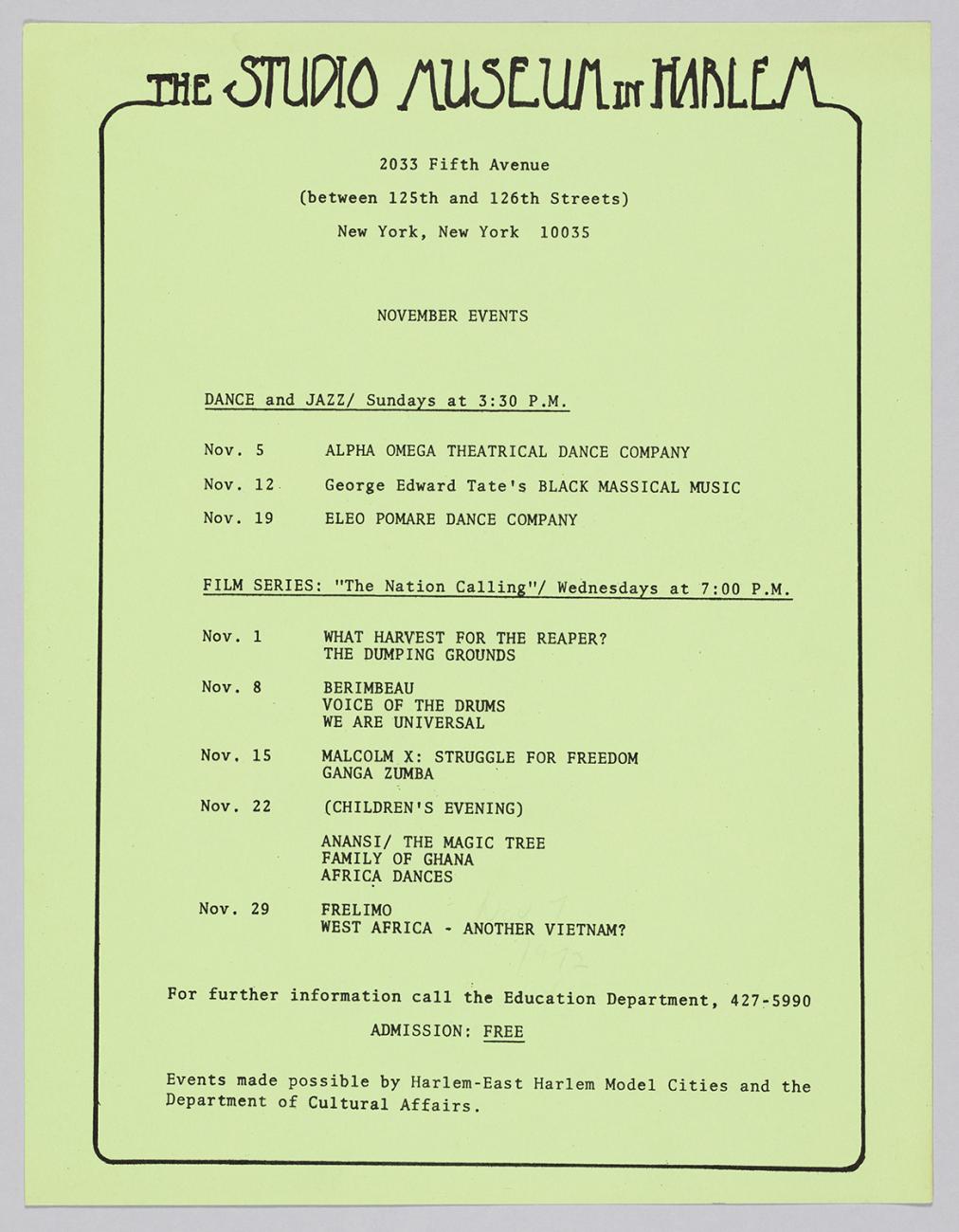
Eleo Pomare Dance Company (1958-unknown)

Jennifer White-Johnson
CATALOGING NOTES
The collecting, processing, and cataloging of Latinx objects is an ongoing process. This page will be updated as more objects are added to the online collection. Please contact us at NMAAHCDigiTeam@si.edu with any corrections, additional information, or feedback.
Top image: A Young Lords Party Rally at Queens County Jail, 1969. Photograph by Hiram Maristany. © Hiram Maristany. 2014.220.1
